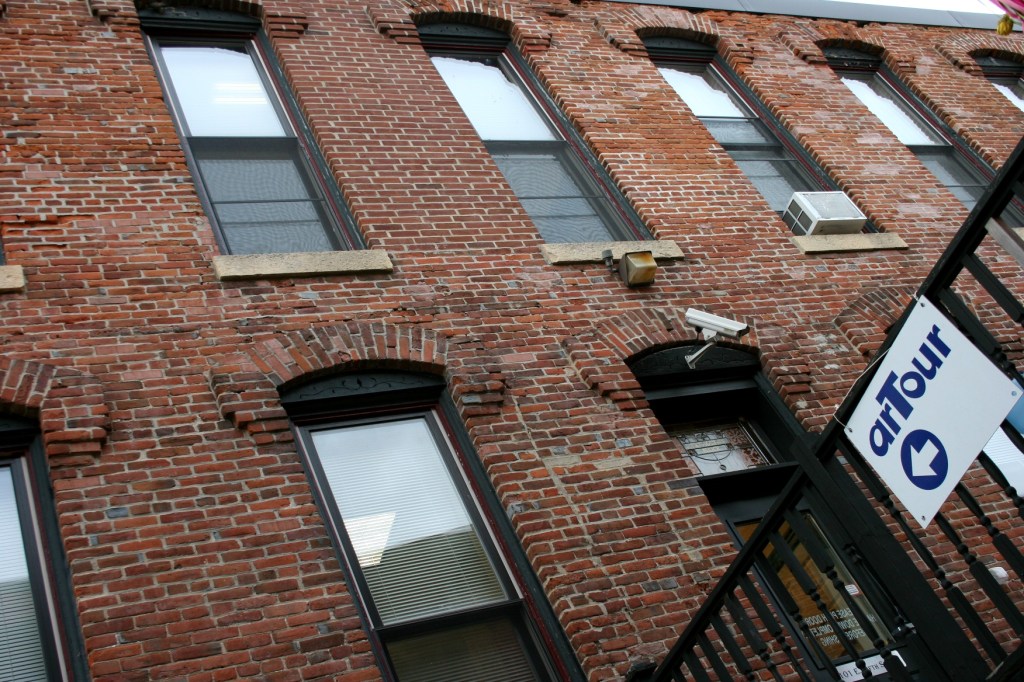
This building at 101 E Fifth Street in downtown Northfield includes a studio that showcased the art of Nancy Carlson, Lucky Rimpila and Meg Jensen Witt.
OK, PEOPLE, YOU have one more day to tour 23 art studios featuring 46 artists during the South Central Minnesota Studio ArTour.
The free tour, which opened today, continues Sunday from 10 a.m. – 6 p.m. in the Northfield, Cannon Falls and Faribault area.
Now I’m going to be honest with you here. My husband and I went on the tour last year. We loved it. But we really didn’t weave the event into this weekend’s plans what with painting a bedroom this morning and then sampling chilis at the Faribault Fall Festival today and other stuff that involved work.
But then we drove up to Northfield to look at a van for sale and, as long as we were in the vicinity of most of those open studios, we toured about a half-dozen. And let me tell you, we were in for some sweet surprises.
Here’s a sampling from those studios, which should inspire you to abandon any other plans you have for Sunday and make a day of it visiting with artists and perusing (maybe even purchasing) their work.

Meet metalsmith Tim Lloyd, surrounded by the tools of his trade. He’s a congenial guy, retired from 40 years of teaching metalsmithing at Carleton College in Northfield. He’ll explain things to you, answer your questions about what he keeps in narrow drawers in his workshop. You’ll see leaves in one drawer. He’ll tell you about the prairie dock (a native prairie plant that looks like rhubarb) and the ginkgo leaves he imprints into silver.
And then he might mention that he has a work of art at the Smithsonian American Art Museum. A teapot. At the Smithsonian.

And so here are some of Tim’s teapots, not exactly like the one at the Smithsonian, but beautiful, just beautiful. He’ll even listen to you tell a story about a railroad teapot reclaimed from a junk pile on a North Dakota farm, if you have a story like that to share.
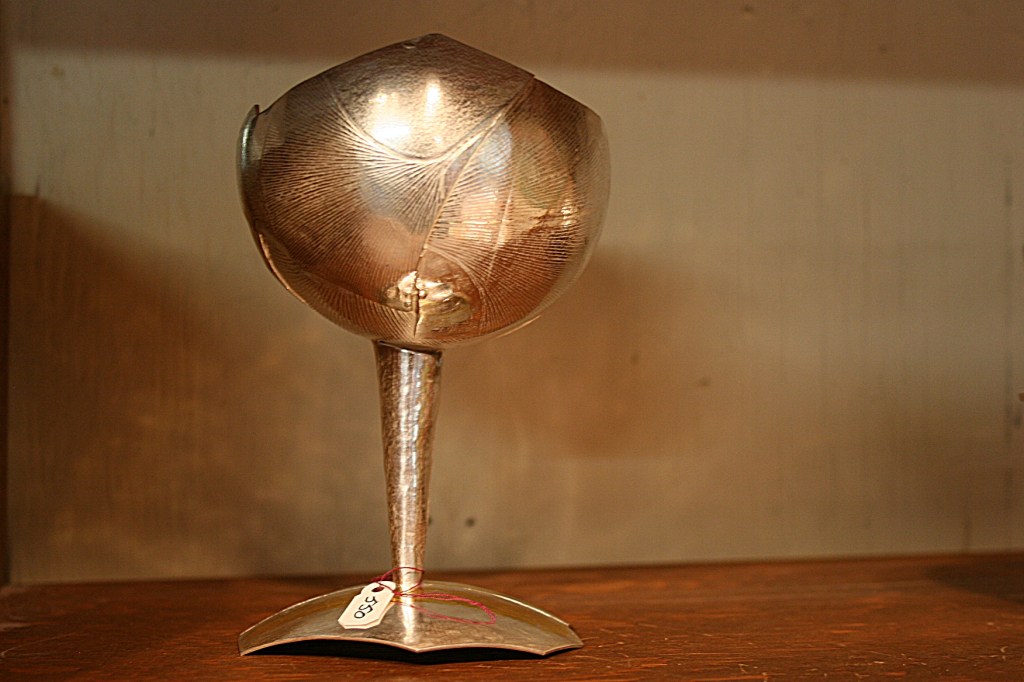
So when I saw this vessel, I thought of a Communion chalice, which it is not. But Tim has made those, too.

Because Tim didn’t seem to mind, I moved in close to his work desk and photographed these tools.
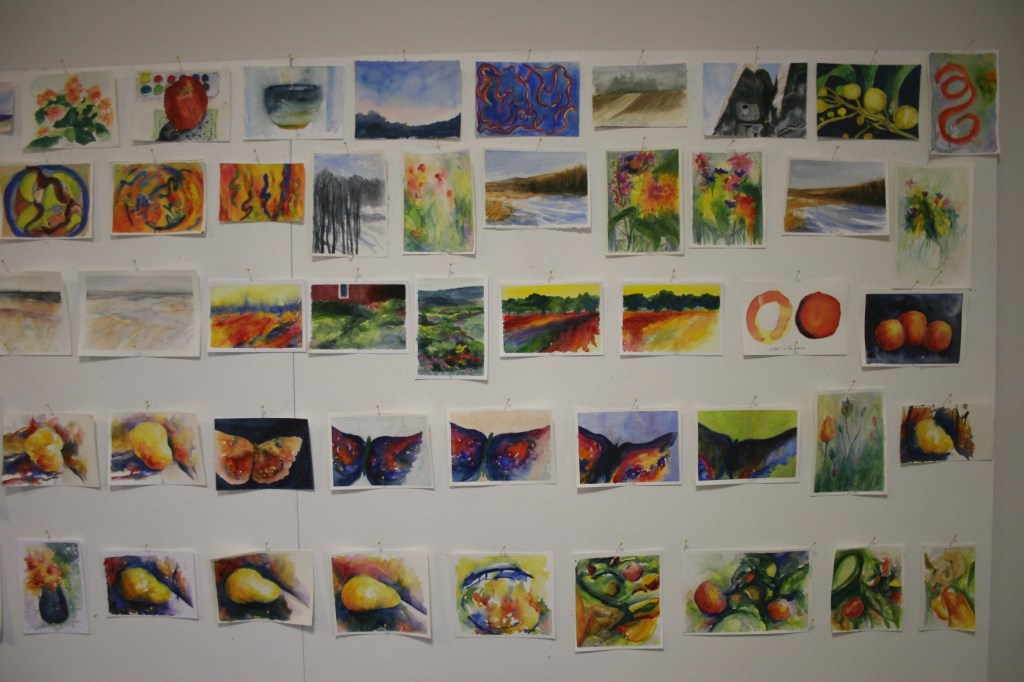
Moving along, artist Kirsten Johnson wouldn’t allow me to photograph any of her art (not all that uncommon) except this visual journal of watercolor paintings. In January, she began painting an hour a day and continued for five months. About mid-March she took lessons in watercolor. She learned this: “Water is boss.”
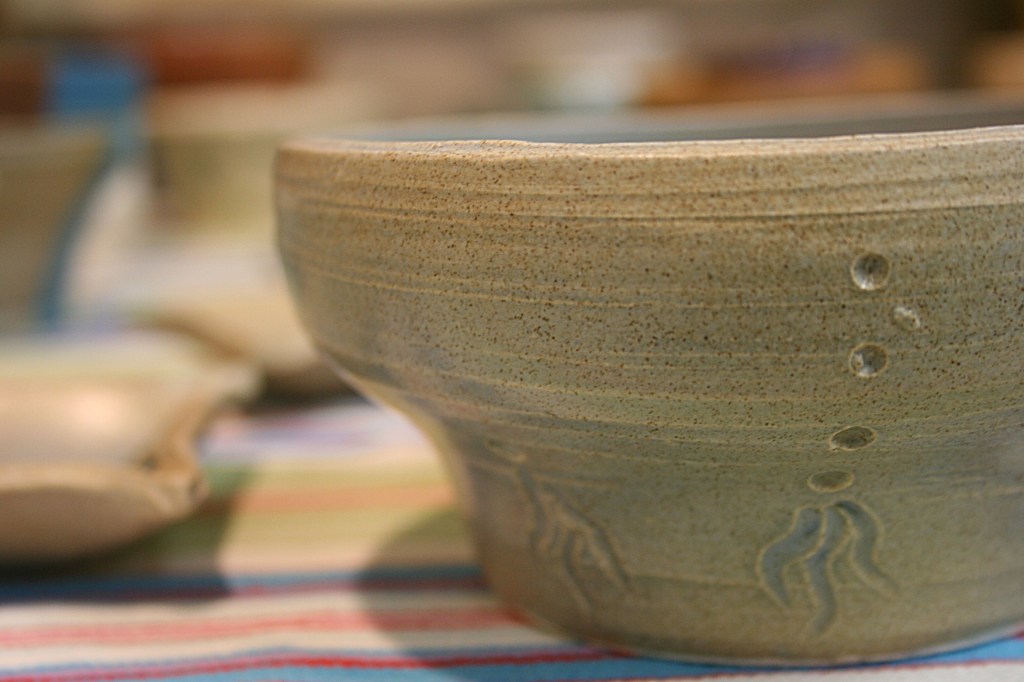
Down-home, earthy simplicity is how I would describe this bowl by Meg Jensen Witt, who once worked at a food co-op with someone I met several days ago. Small world. And, yes, I’ll tell you about this interesting mutual acquaintance in a few days in another post.
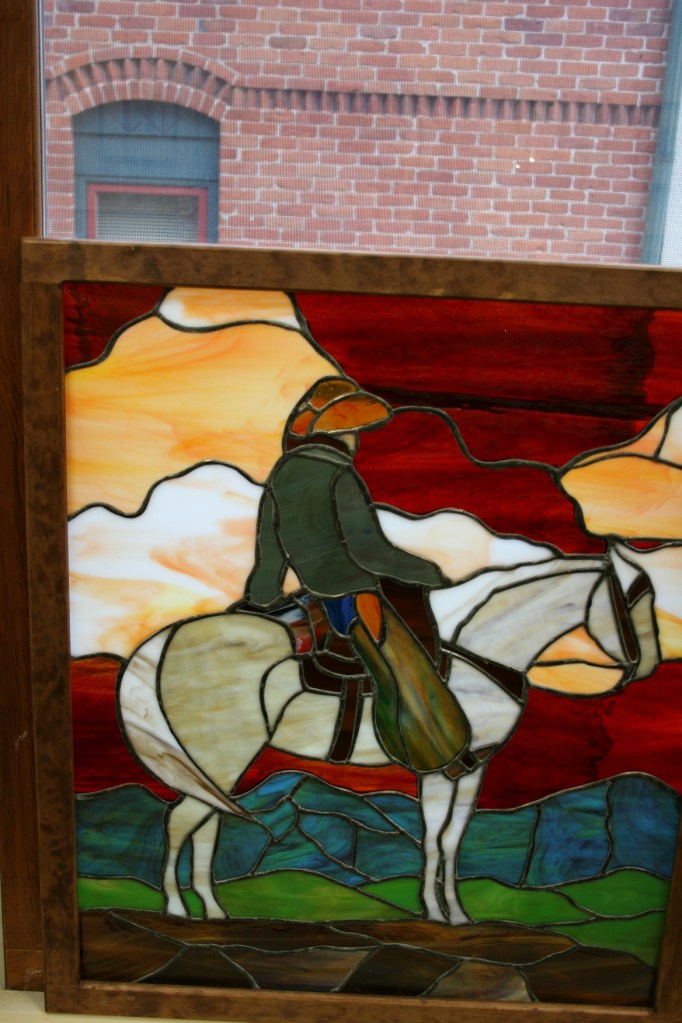
I still don’t know if he was telling me the truth or spinning a tall tale. But the creator of this stained glass window introduced himself as Lucky Rimpila. I mean, who has a name like Lucky? Lucky, apparently.

And then there’s Nancy Carlson (for sure her real name) who was in the same studio as Lucky and Meg. Nancy used a dropper to create mini works of art with India ink. She grouped and framed them together and here you’re seeing one snippet.

Meet Louise. She is not an artist. But she is an original poodle (or something like that) before poodles shrunk. Louise was hanging out in potter Tom Willis’ Sunset Studio near Dundas. Tom says Louise is shy and that she needs a haircut. He is right.
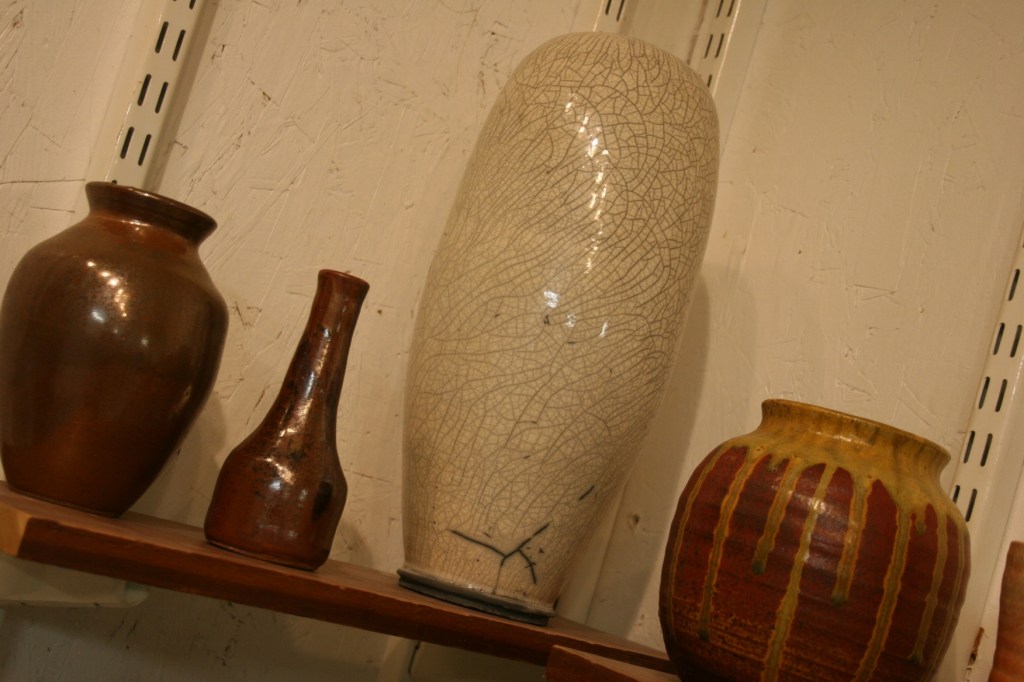
Since Louise was sort of blocking the view of Tom’s pottery, above, I moved in close to photograph it for you. Then I went outside his studio and found more…

I could show you many, many more close-up photos of Tom’s pottery. Lovely, lovely art. But here’s an overview. You can go to his studio and examine it more closely on your own. Tomorrow. Remember, 10 a.m. – 6 p.m.

Oh, and if you time it just right, you may get to see Tom and ceramic sculptor DeAnn Engvall take a dragon out of the 1800-plus degree raku kiln. Yes, that is hot. And, yes, DeAnn has gotten burned, singed her eyebrows once. And, yes, I took this photo at a weird angle so just tip your head.

Next, the red hot dragon (see it?) is placed inside a garbage can, where it ignites newspaper. About then you can make a smart comment about a fire-breathing dragon before the lid is slapped onto the garbage can. A half hour later, a colorful dragon emerges. DeAnn will explain to you that the fire “pulls the oxygen molecules in the glaze to the surface.” And if you’re like me, you’ll think, “OK, if you say so.”
That concludes my mini-tour of several art studios. Now, have I convinced you to take in the South Central Minnesota Studio ArTour tomorrow?
For more information, click here at www.studioartour.com.
© Copyright 2011 Audrey Kletscher Helbling

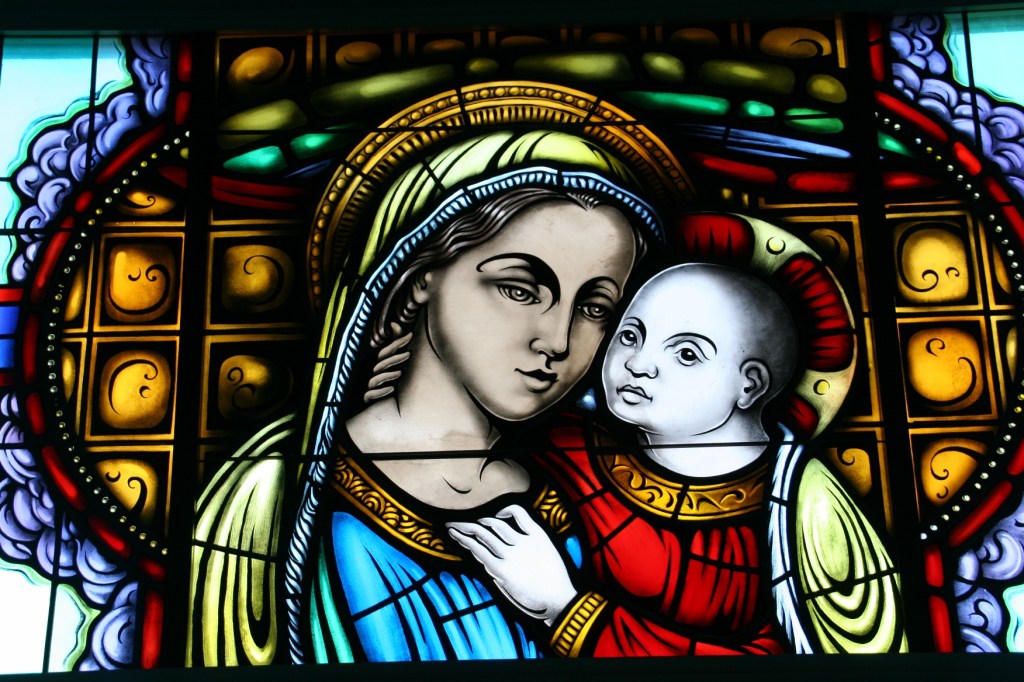


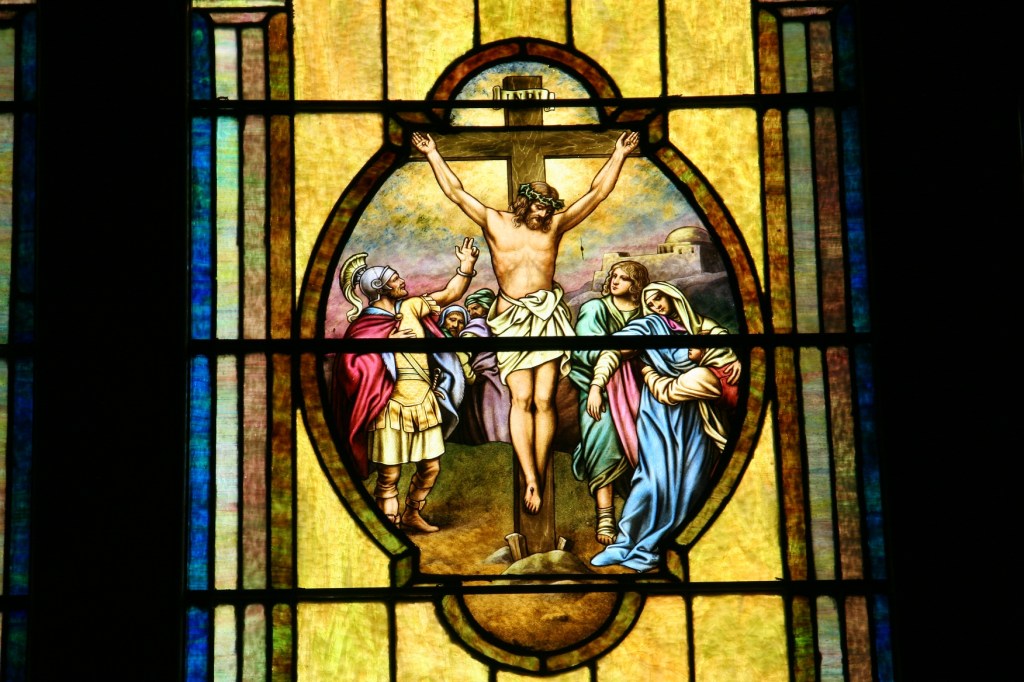



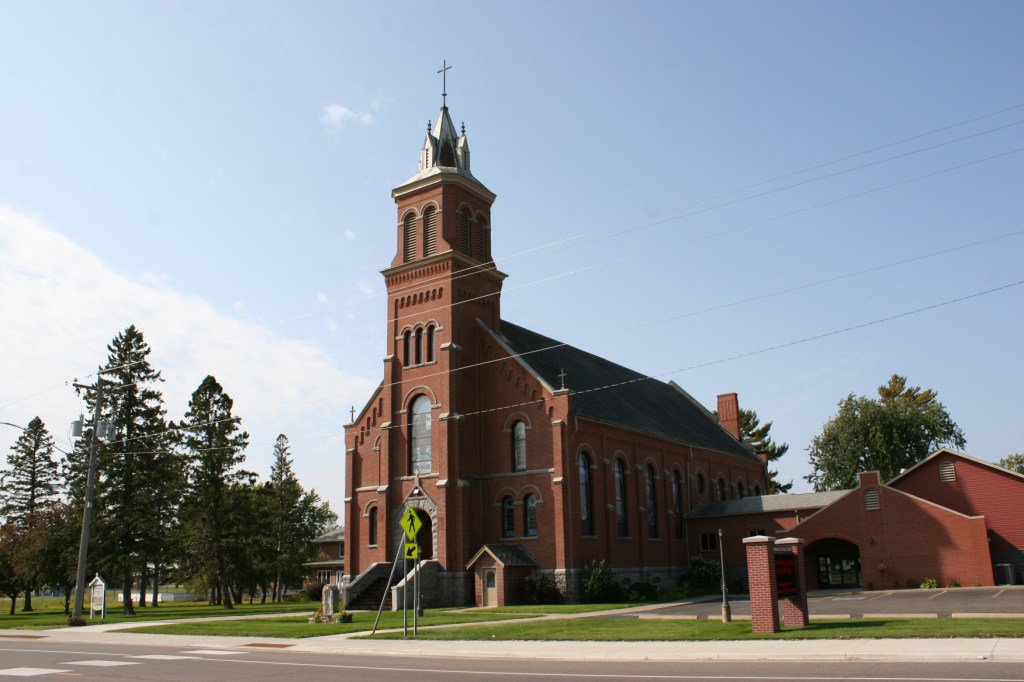


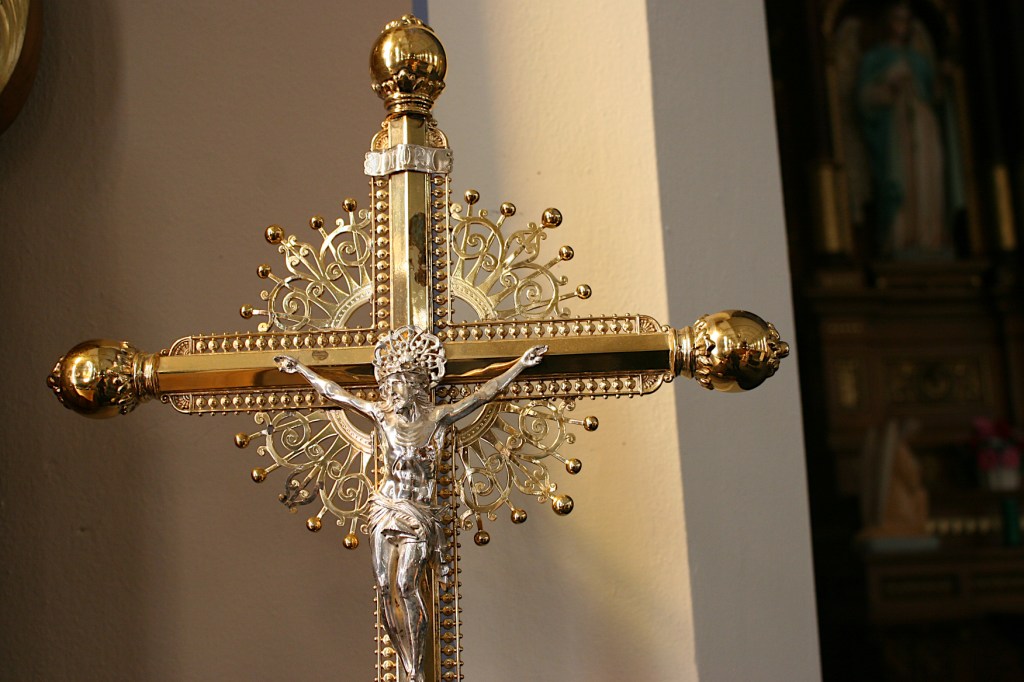
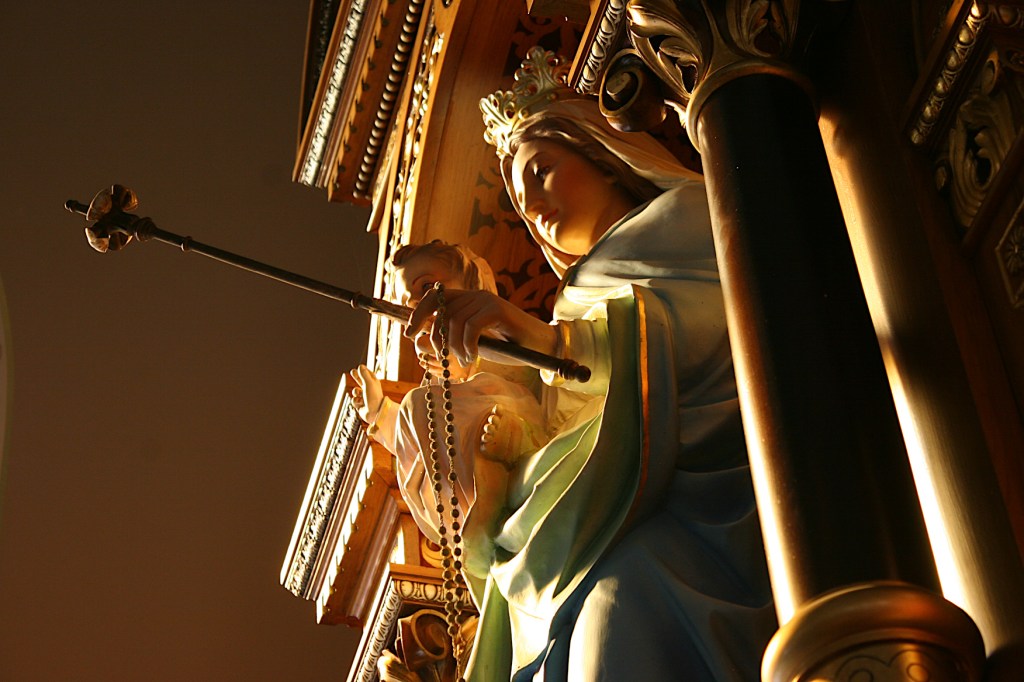

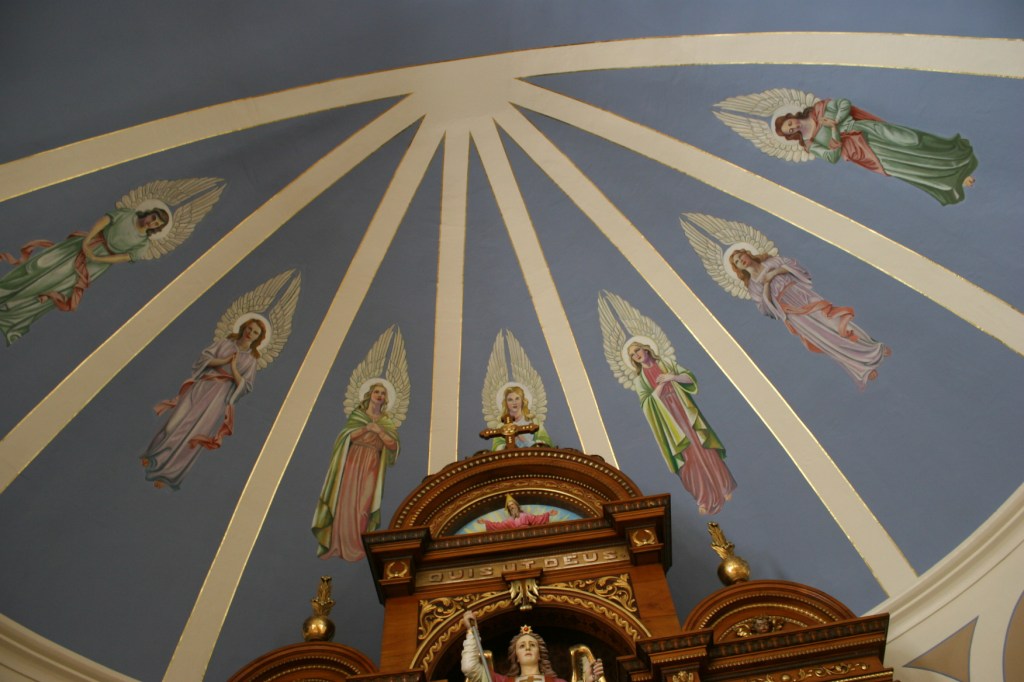
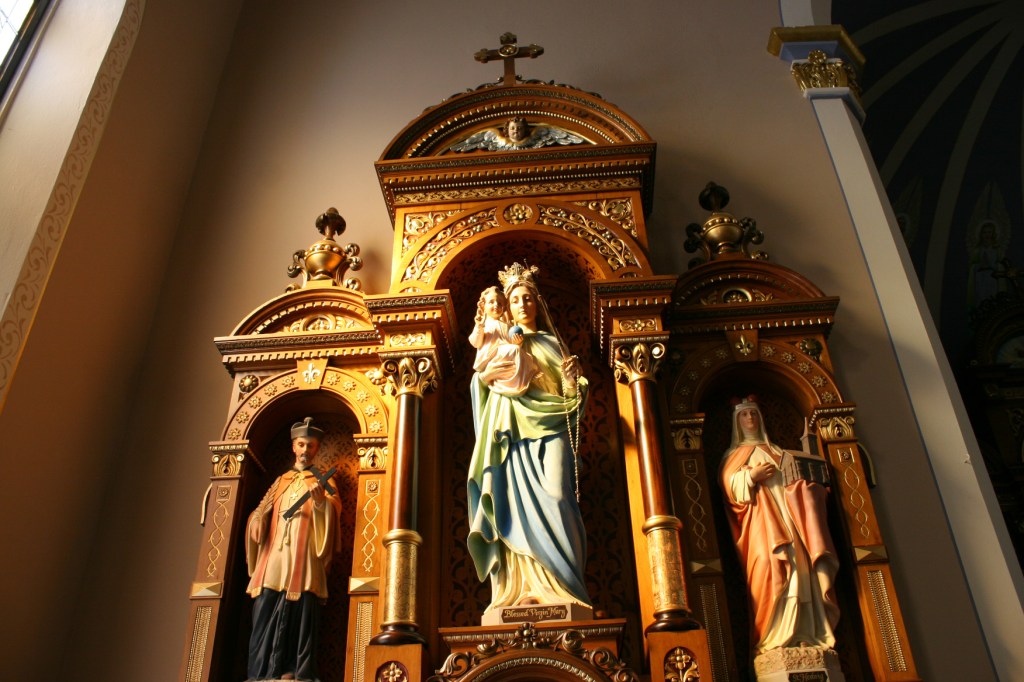
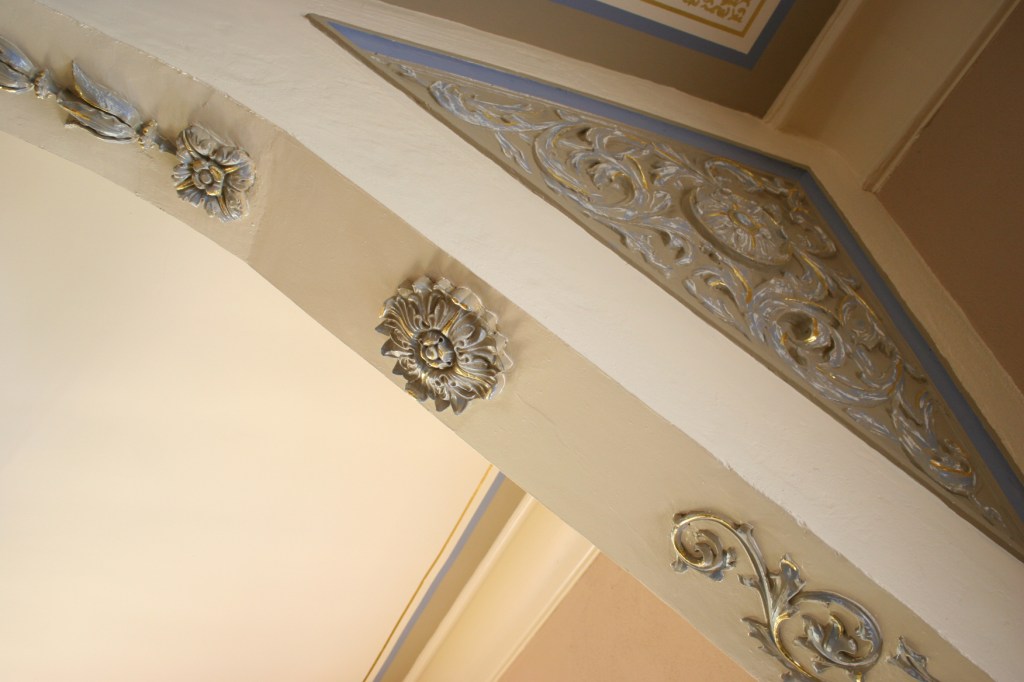

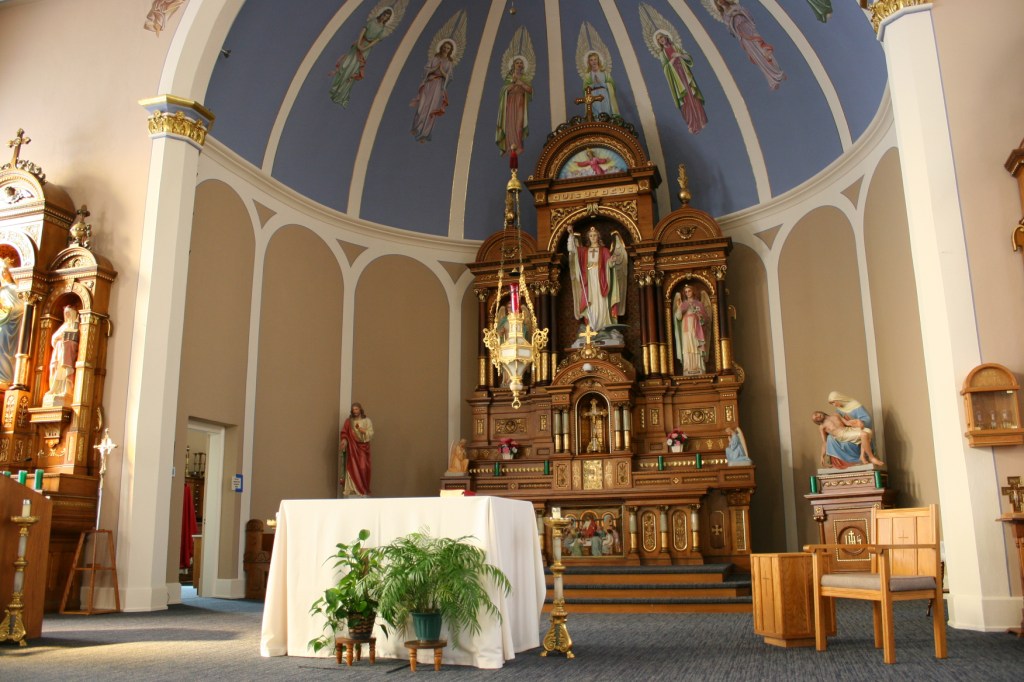
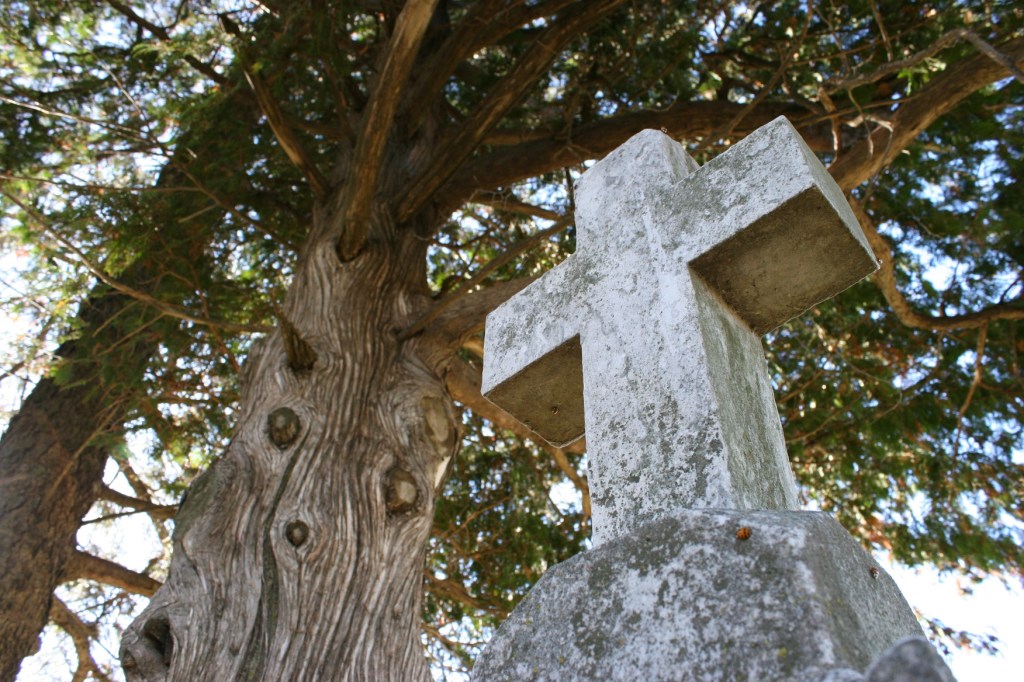


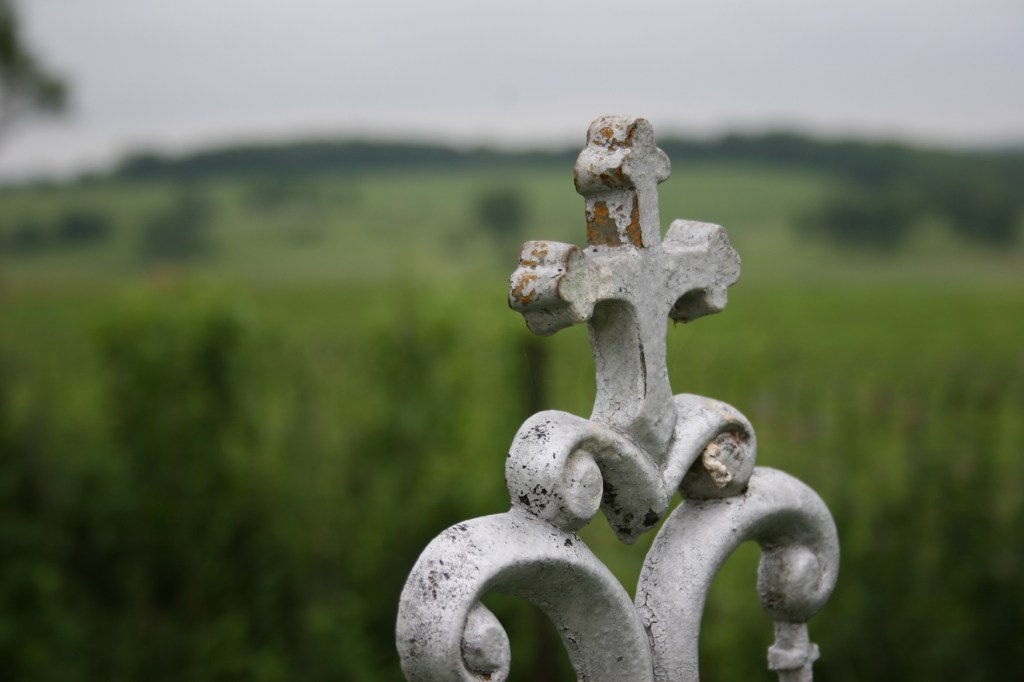
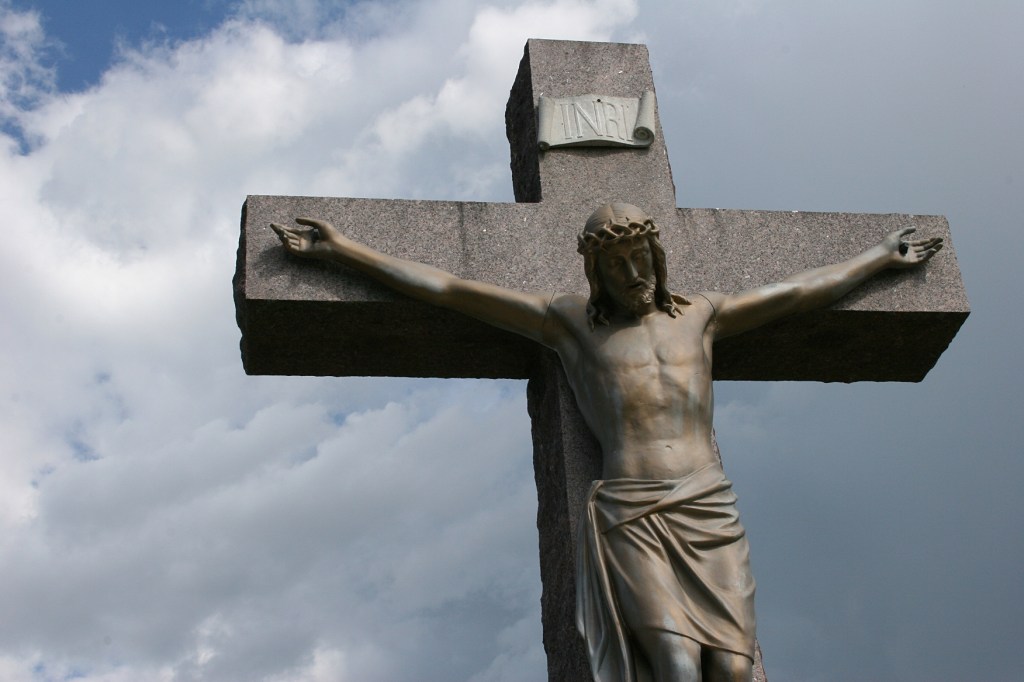
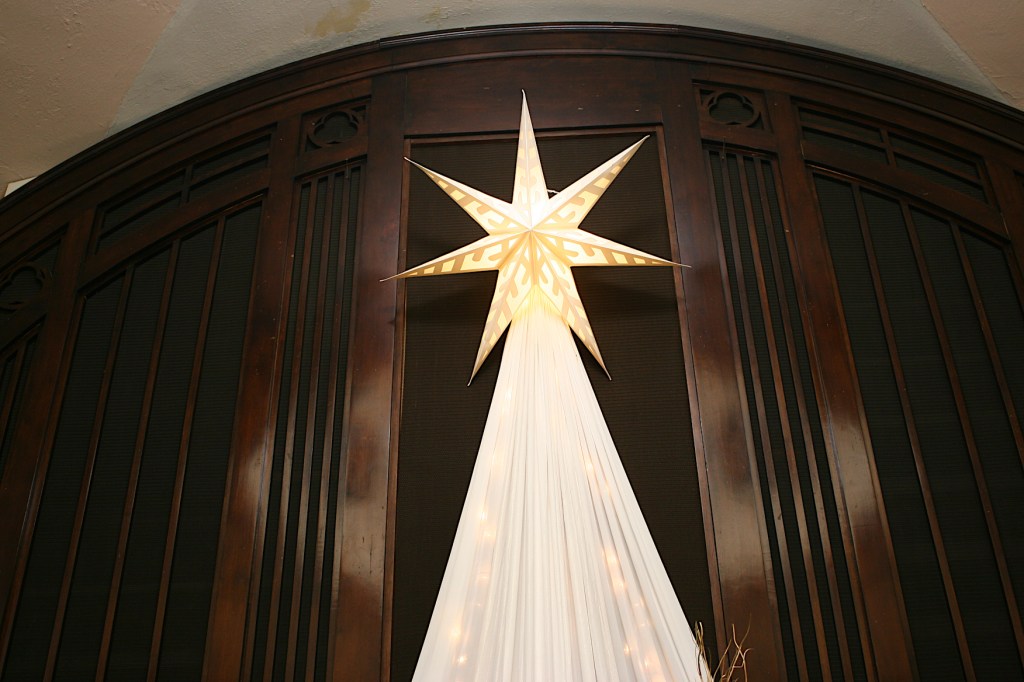
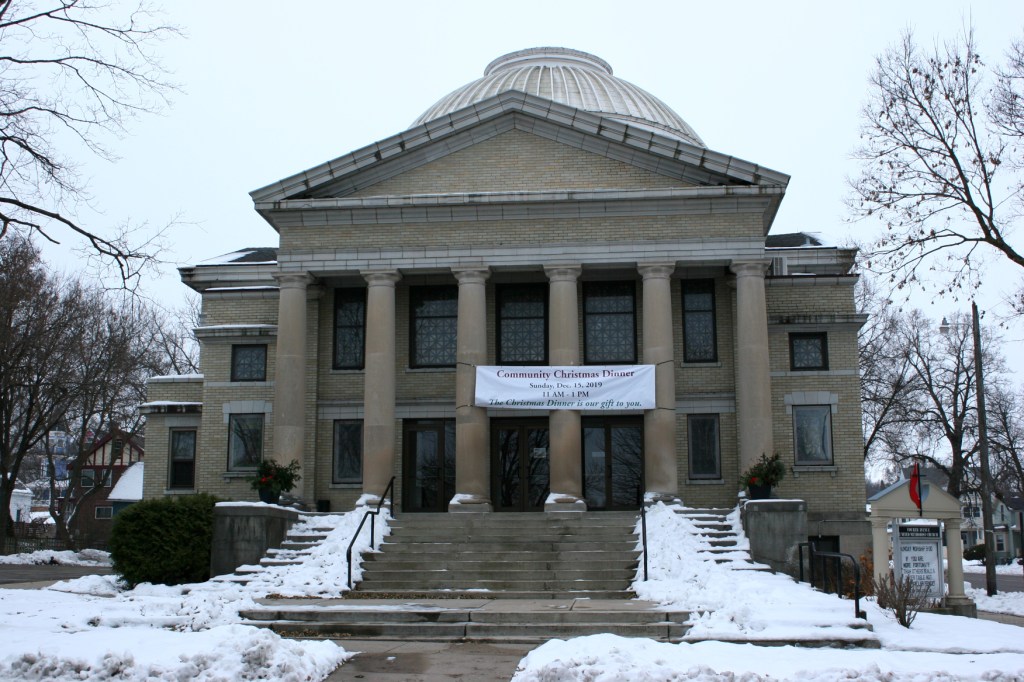
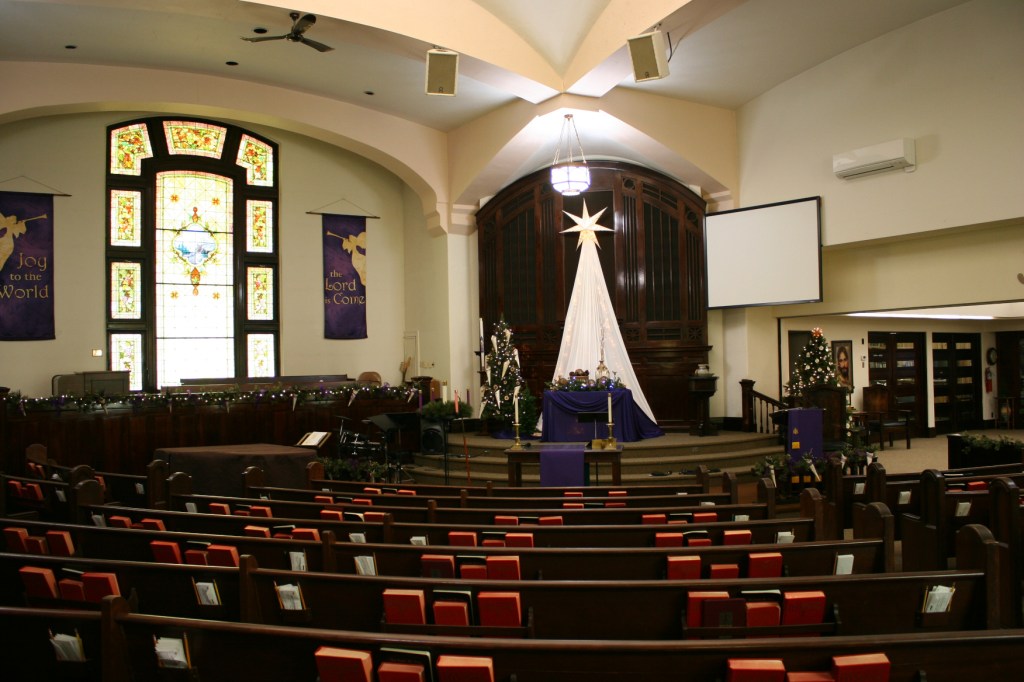
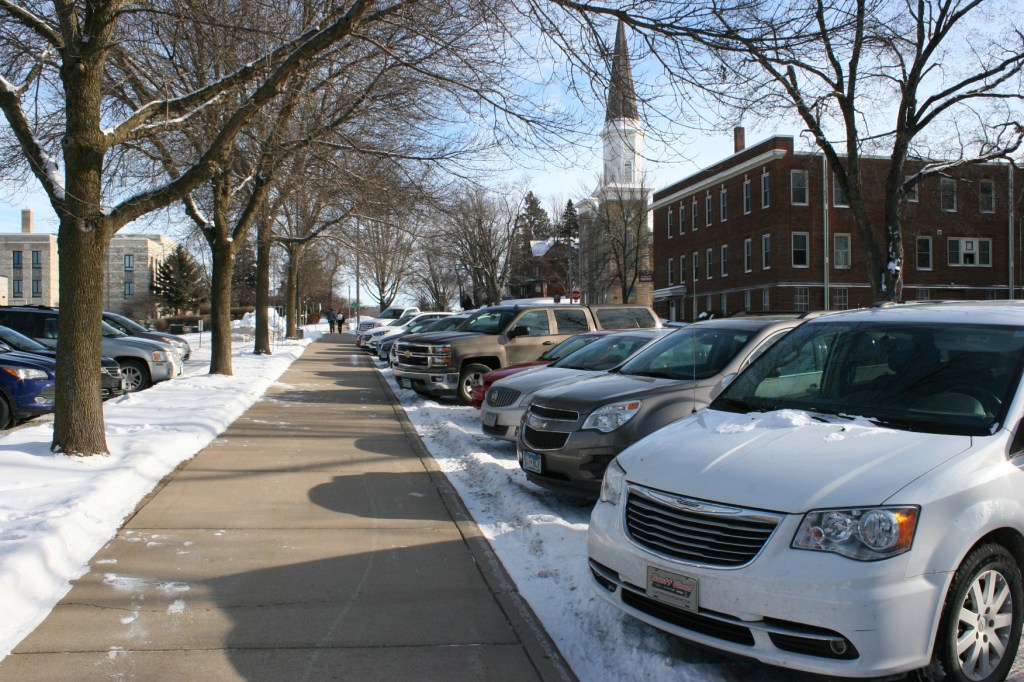
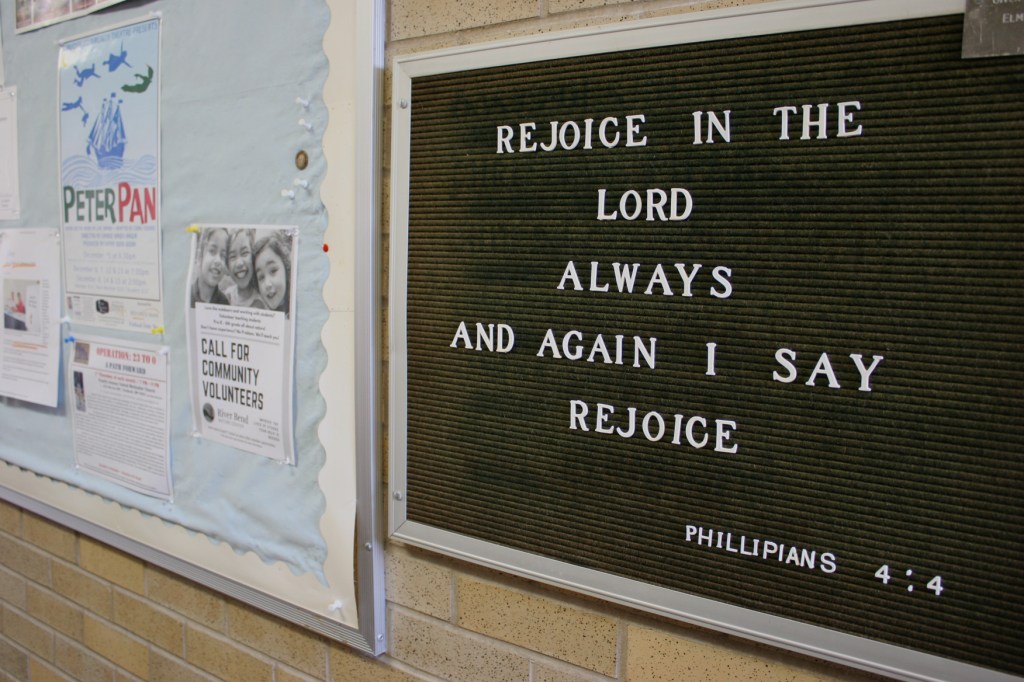

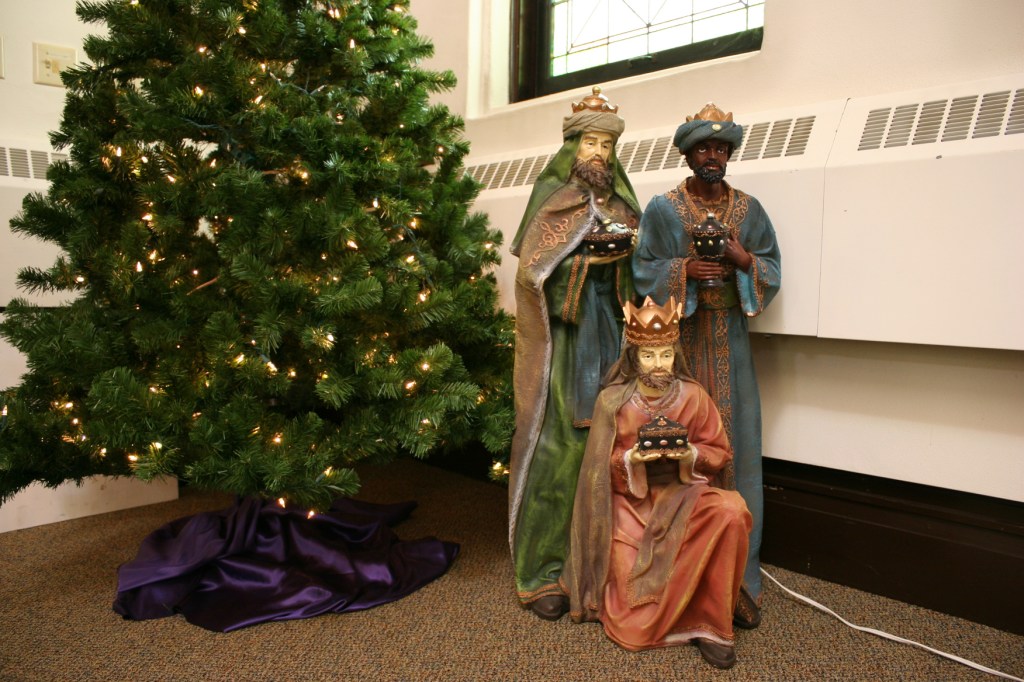
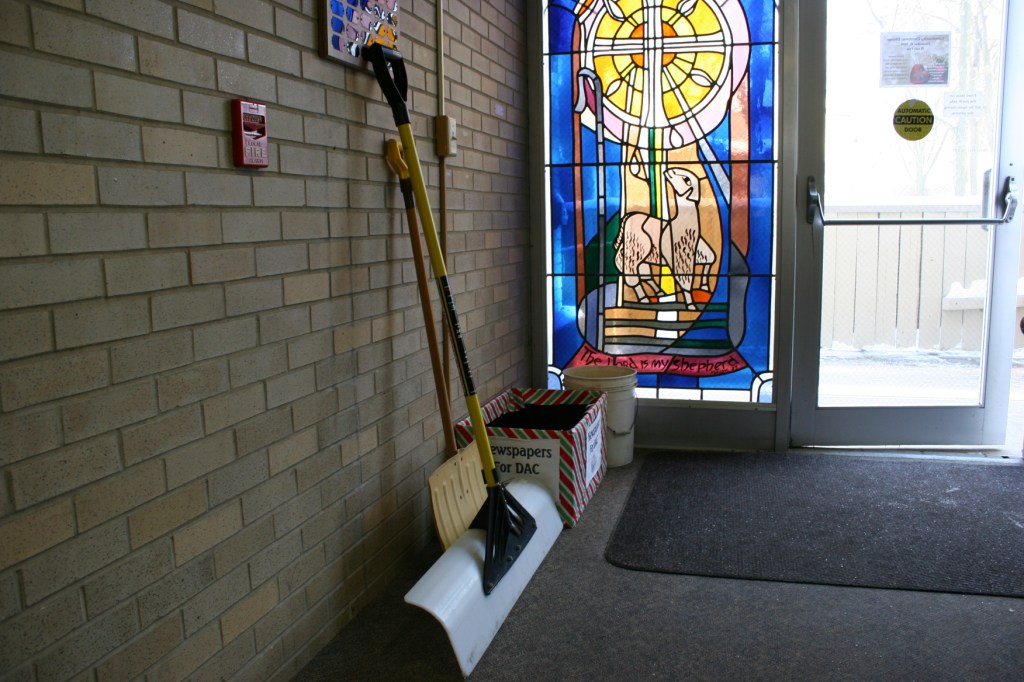
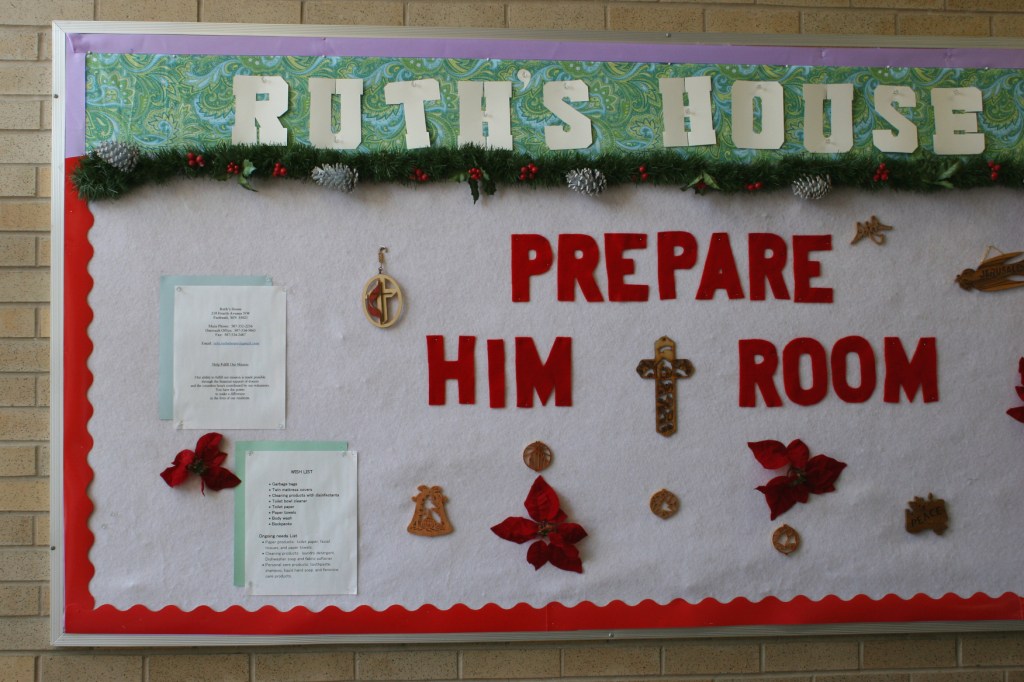
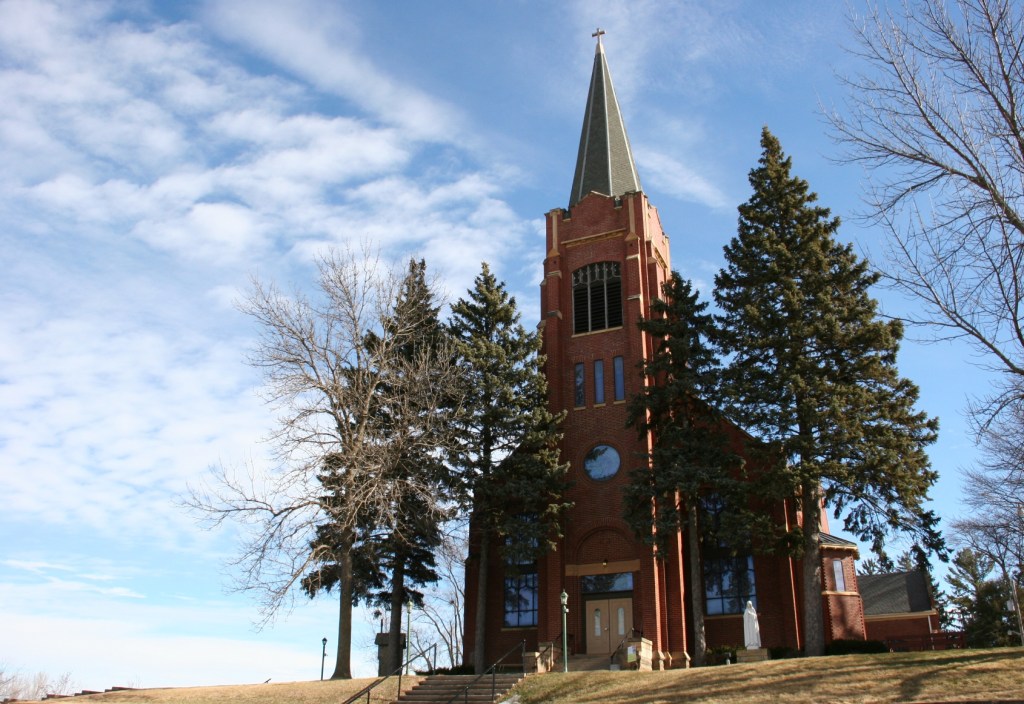
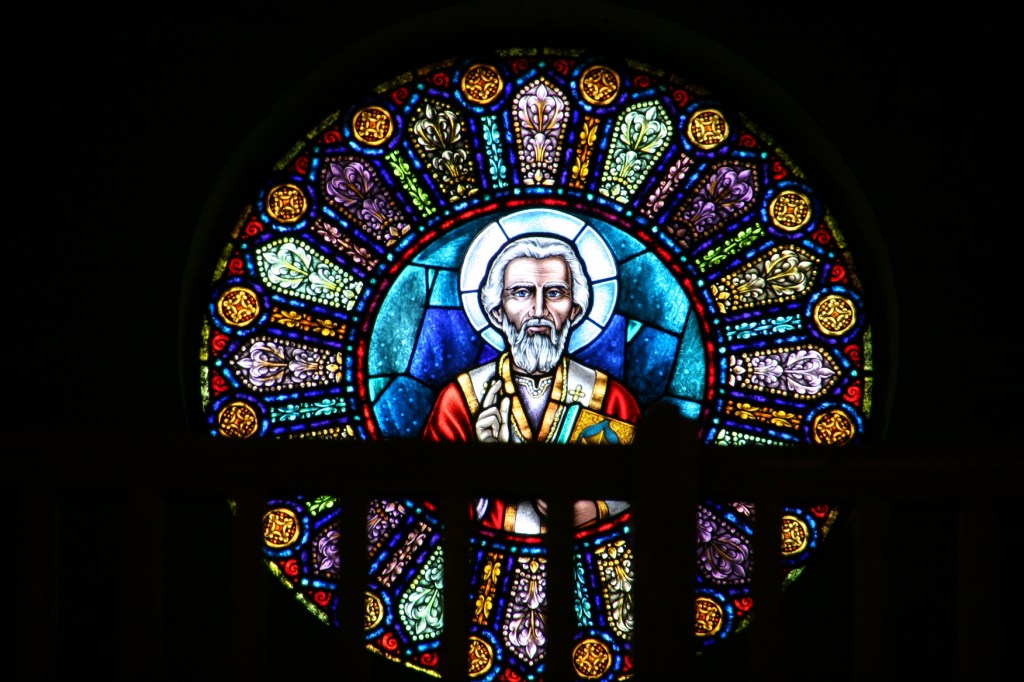
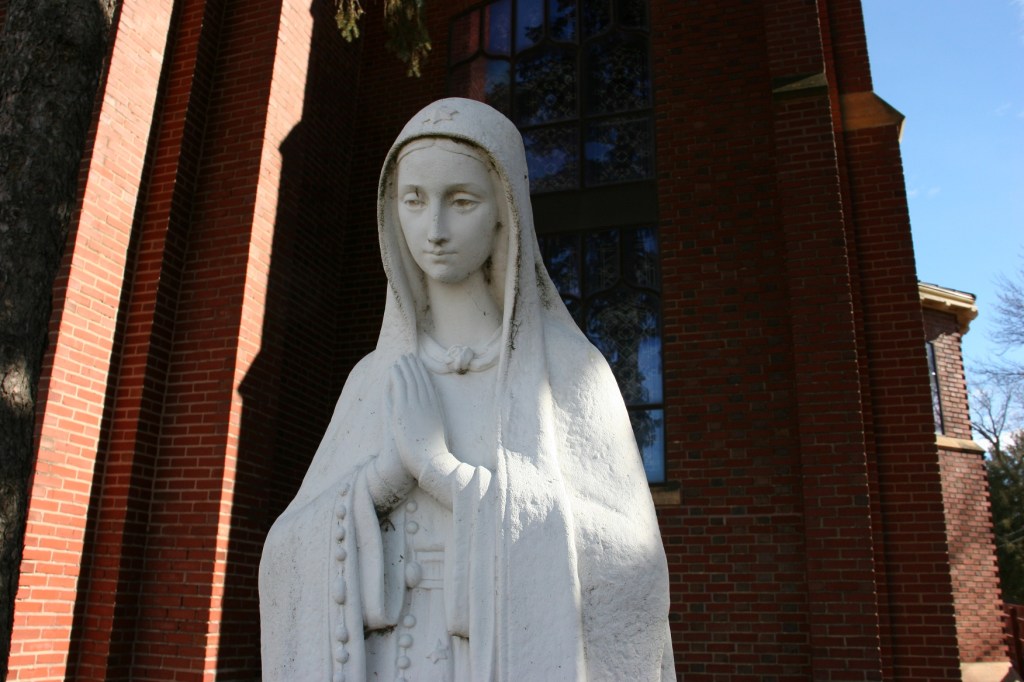
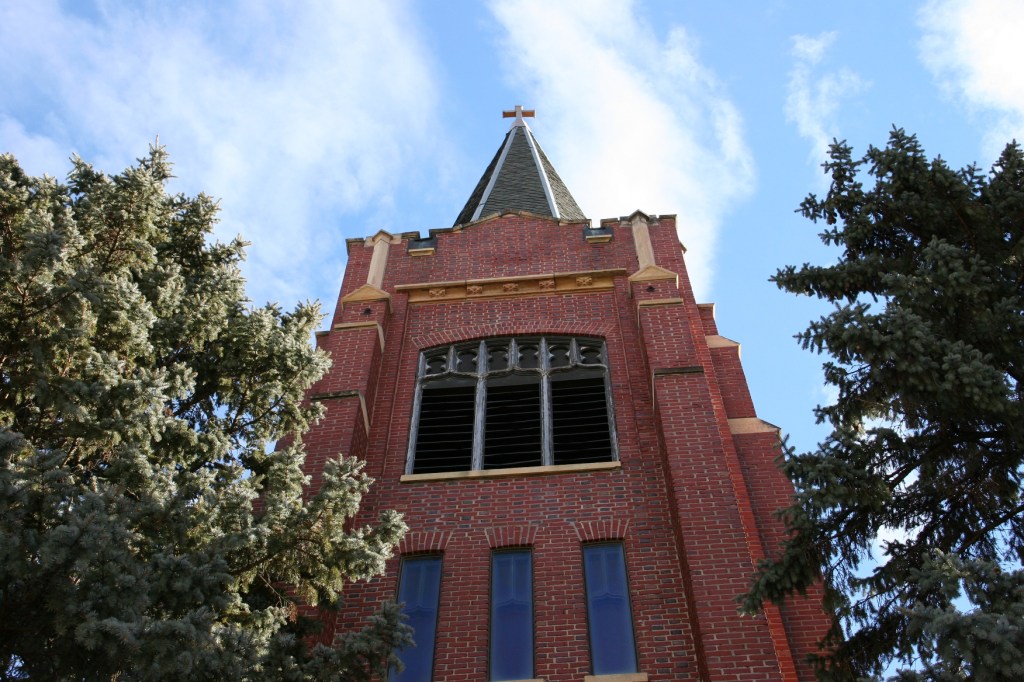


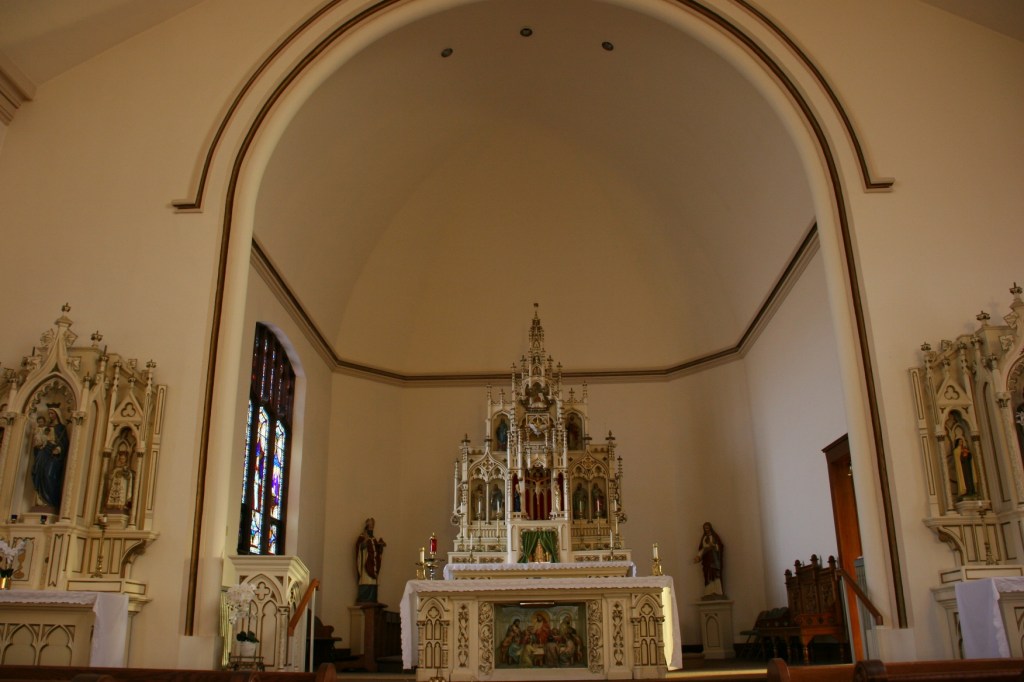
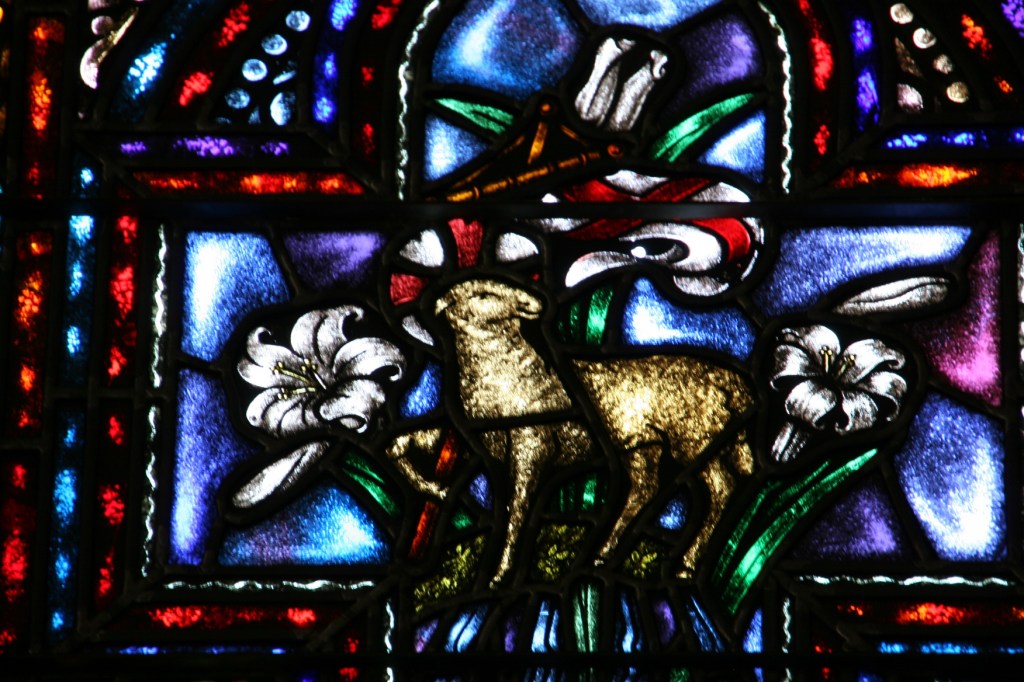



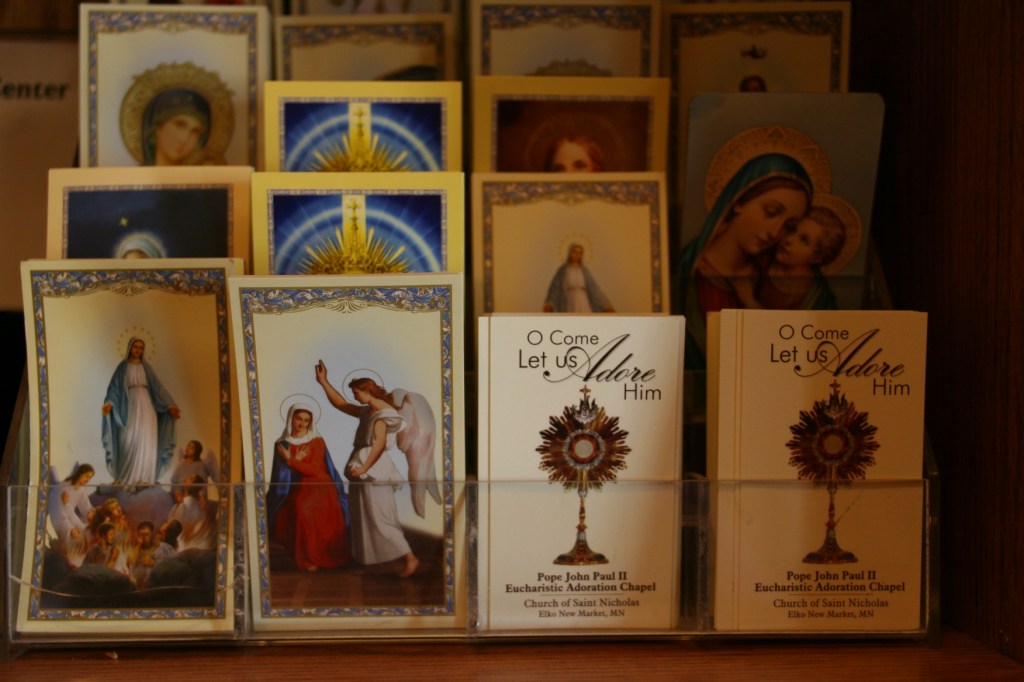
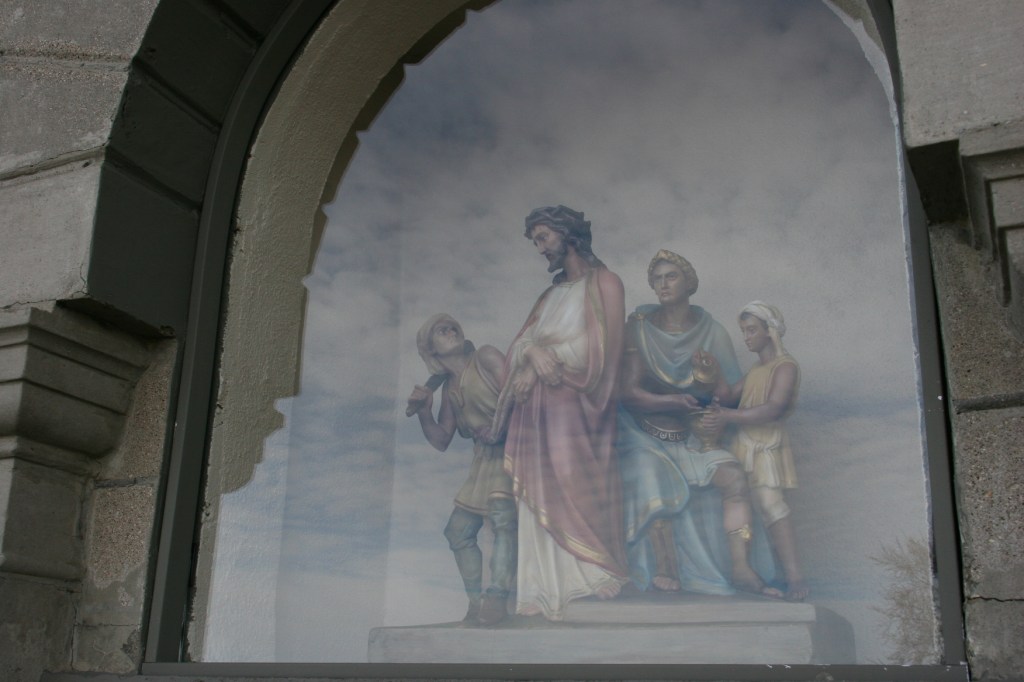

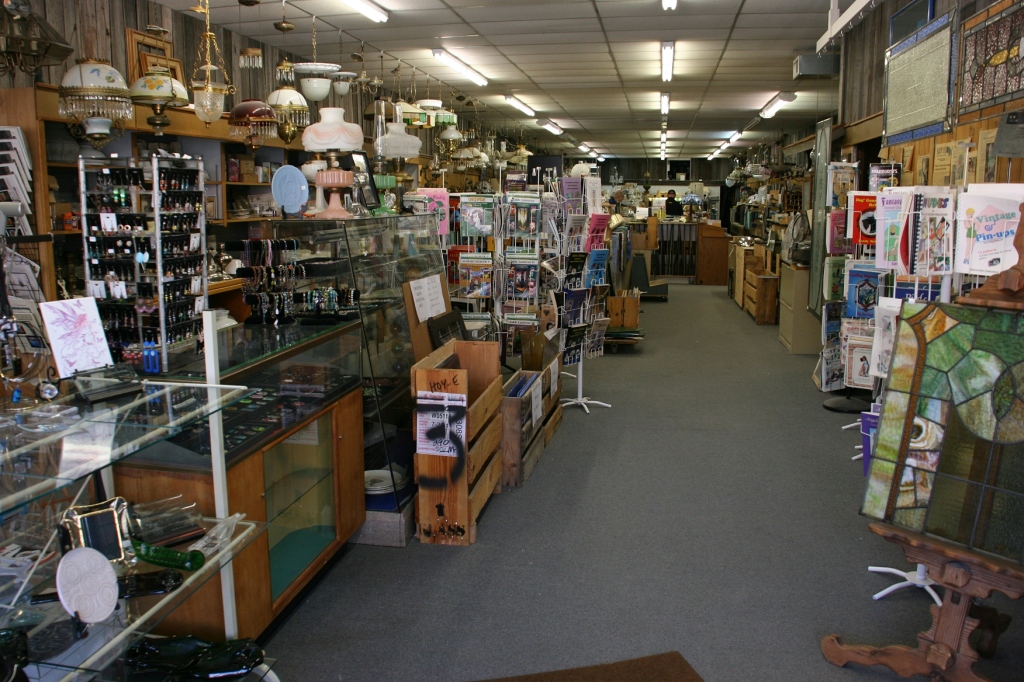
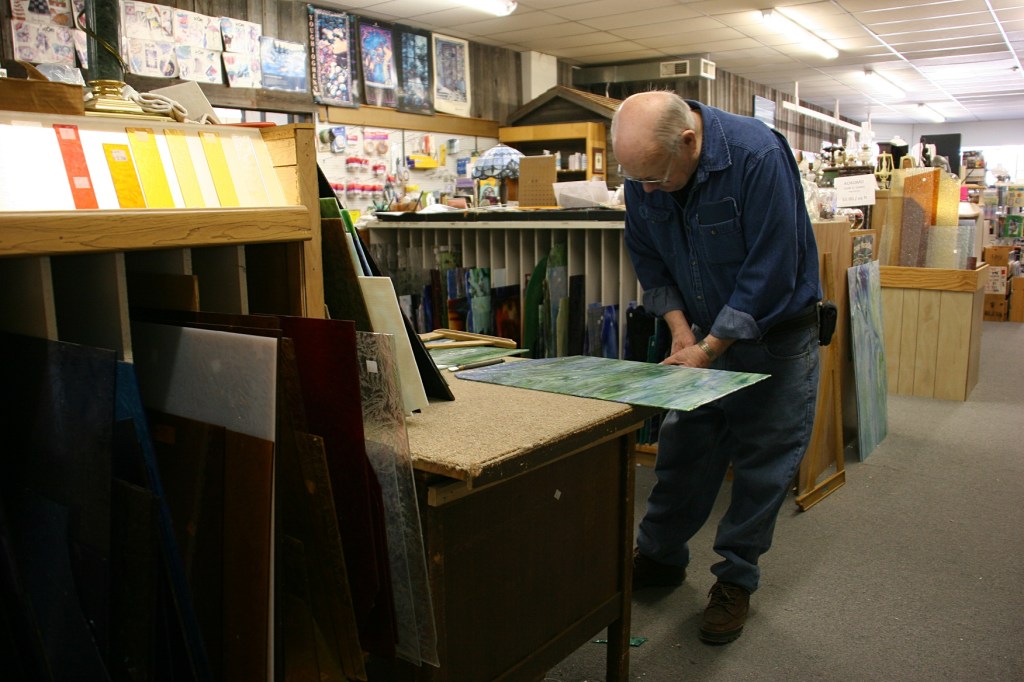


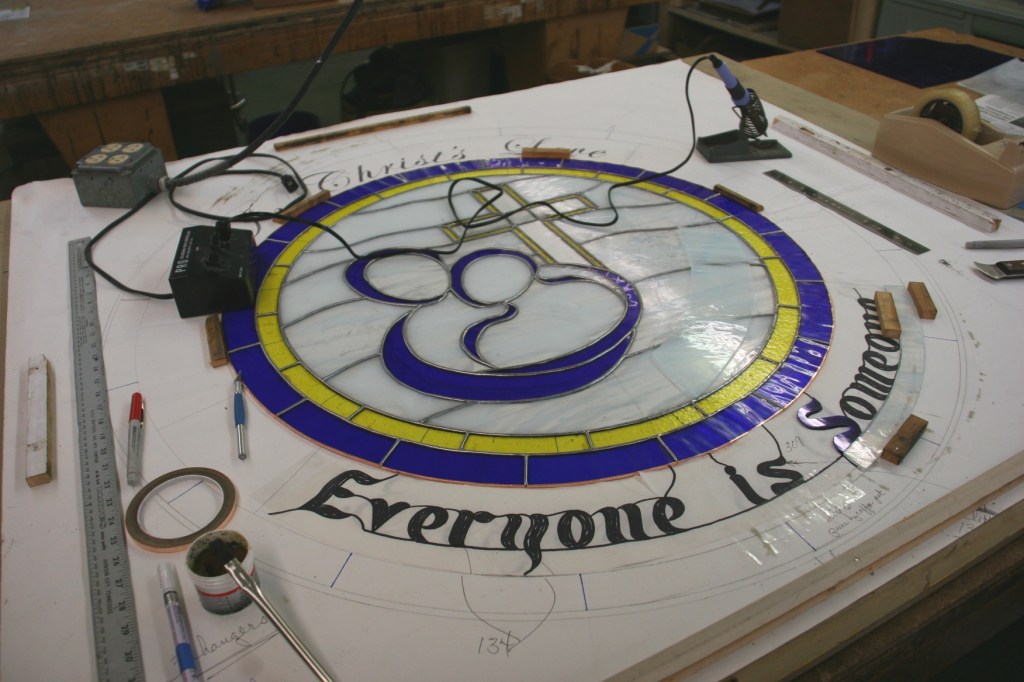
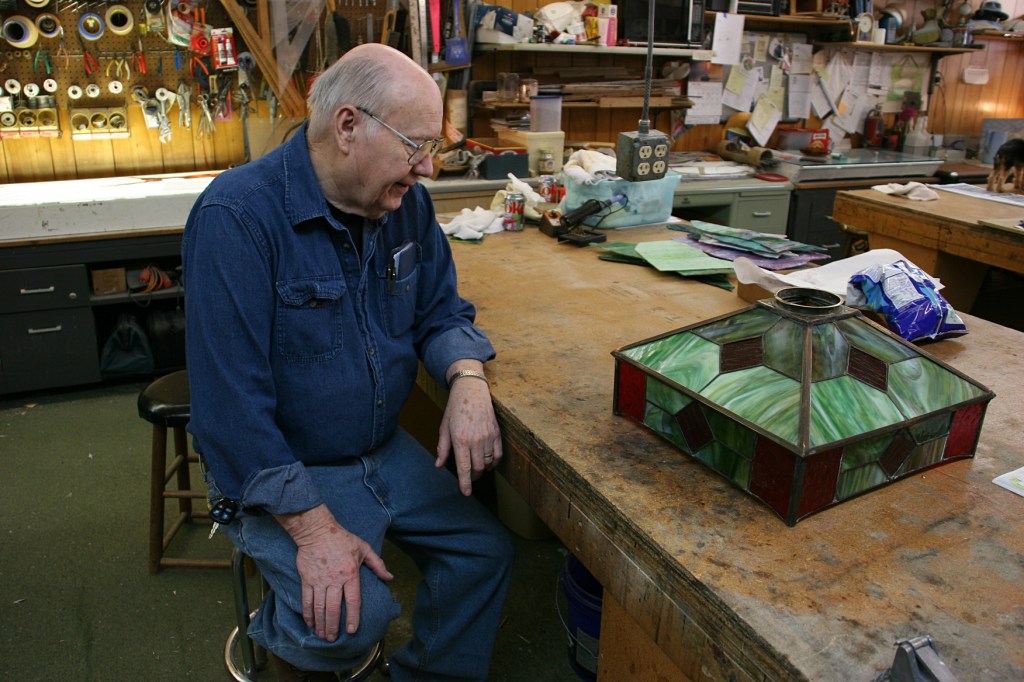
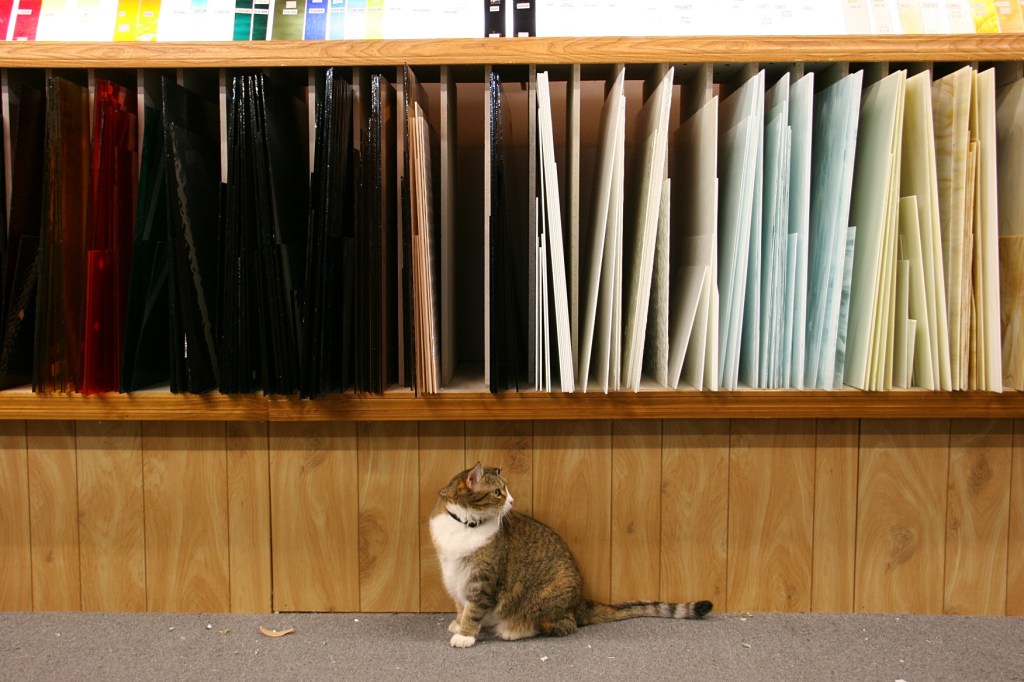
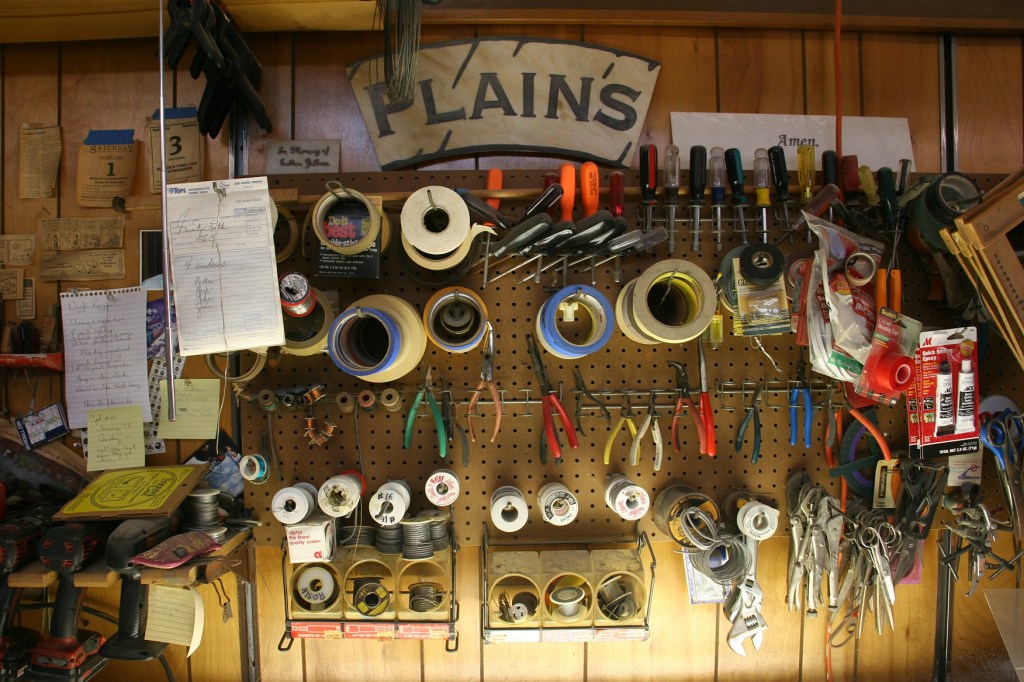


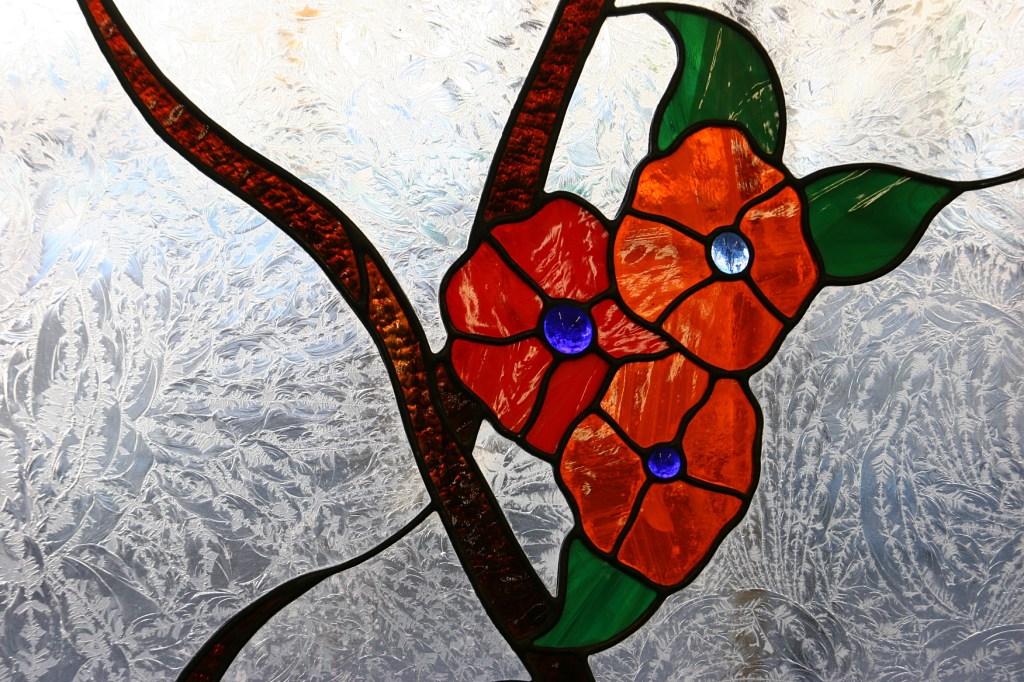
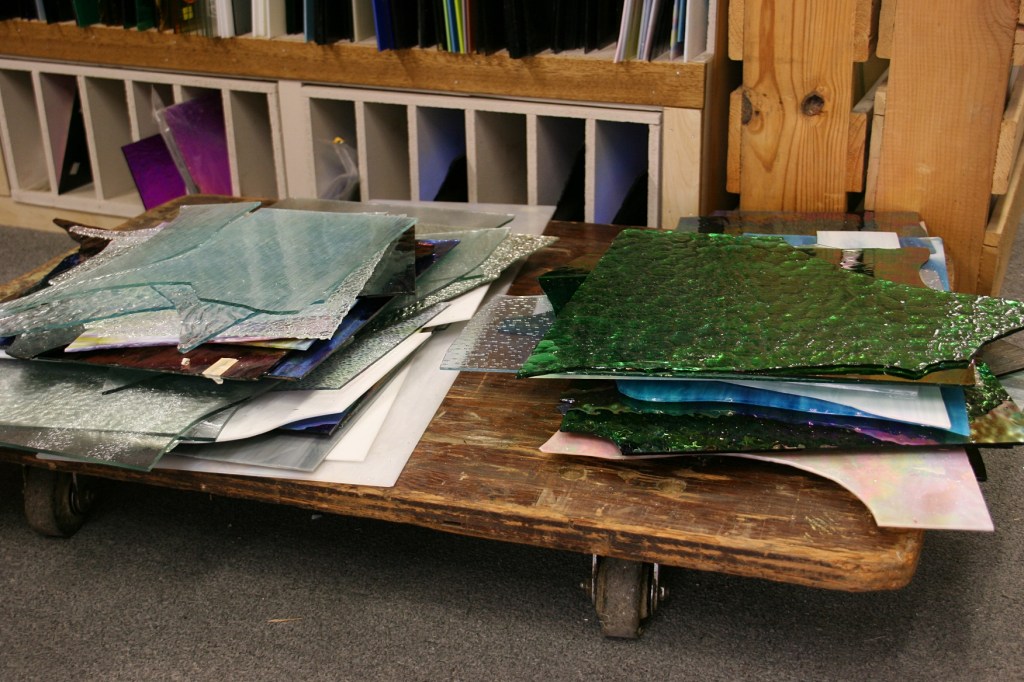
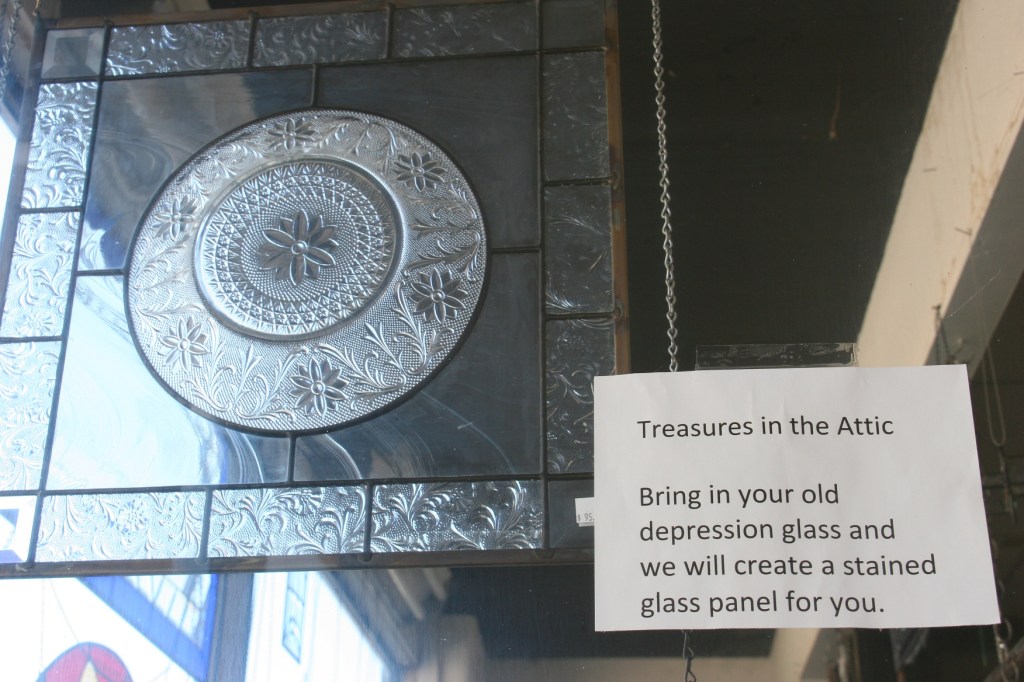
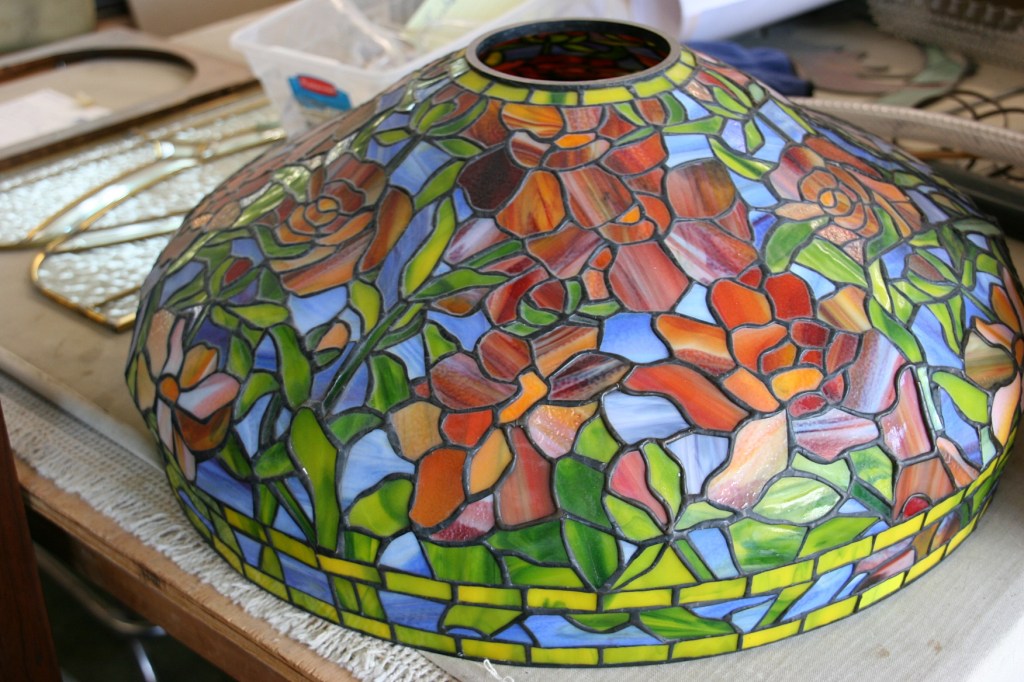
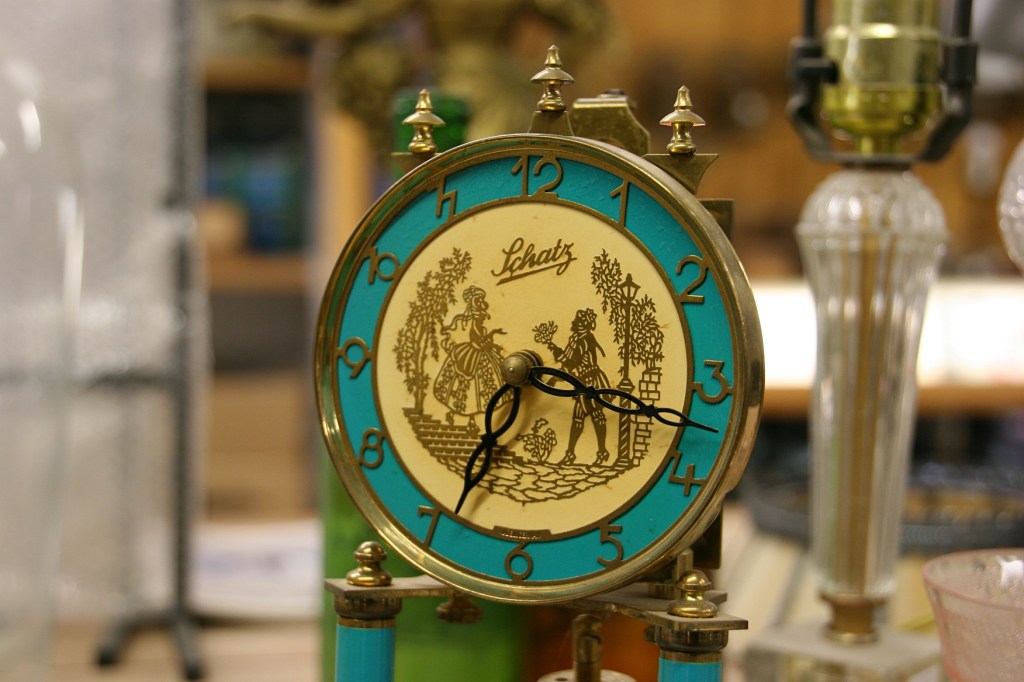
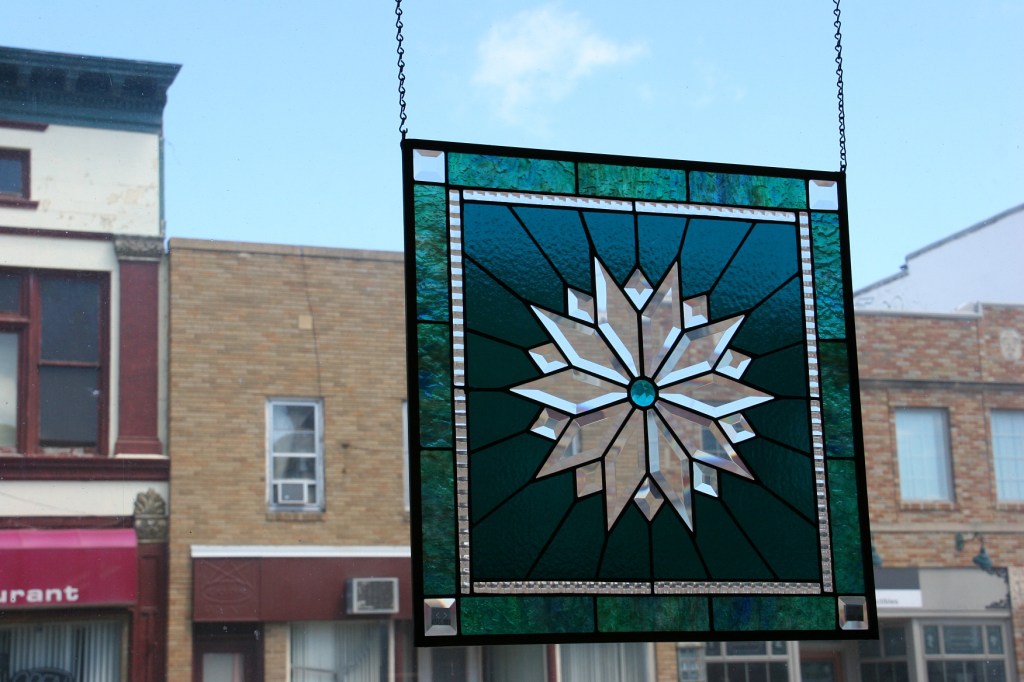
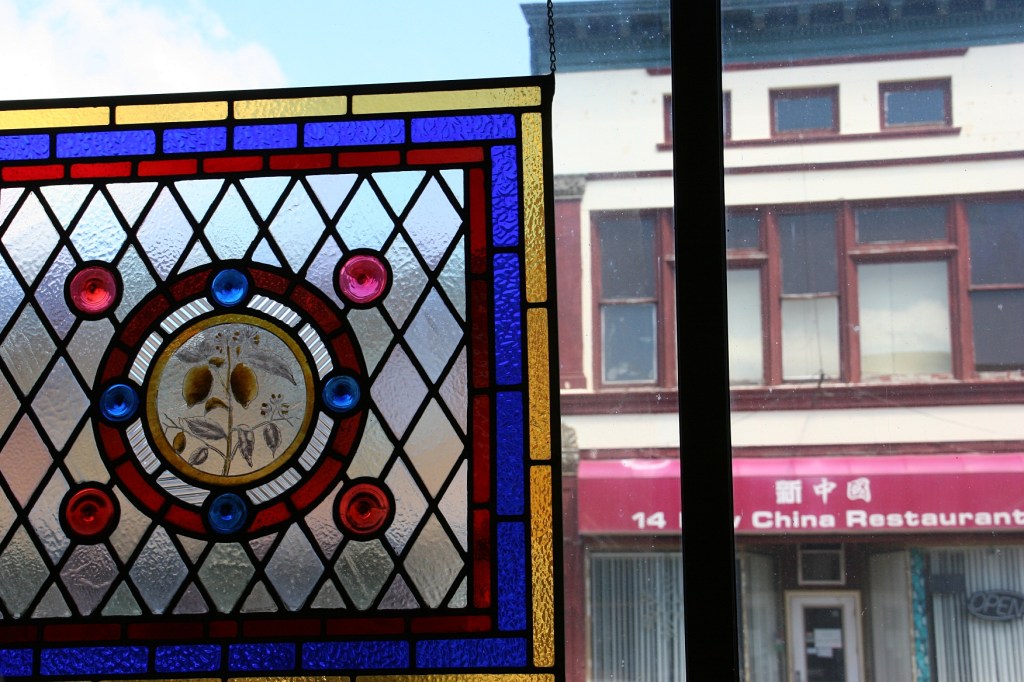
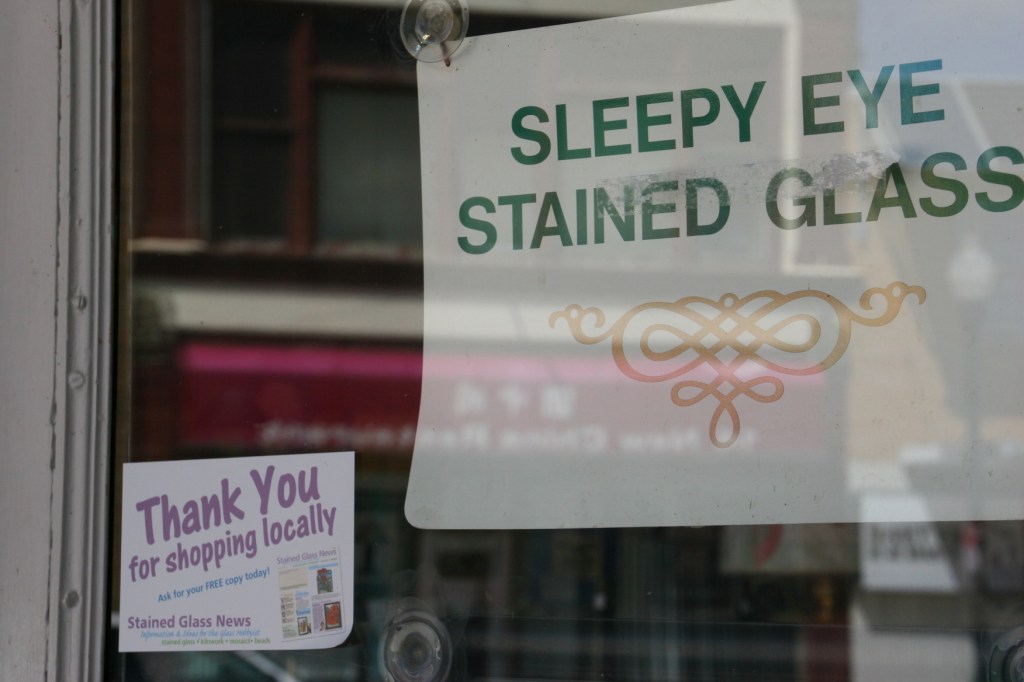
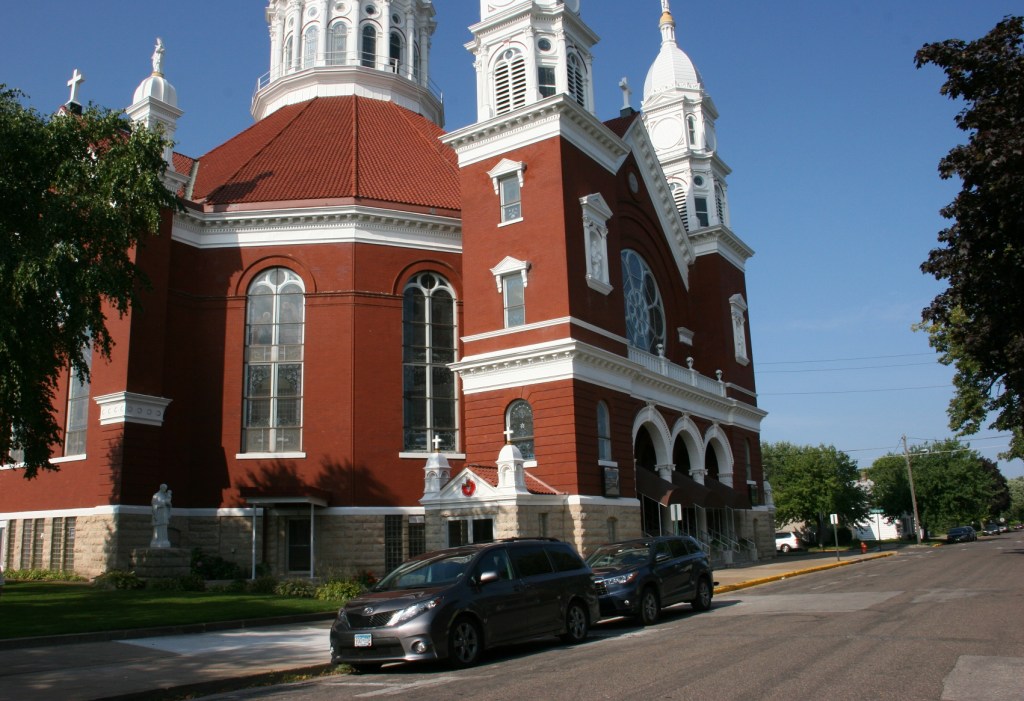
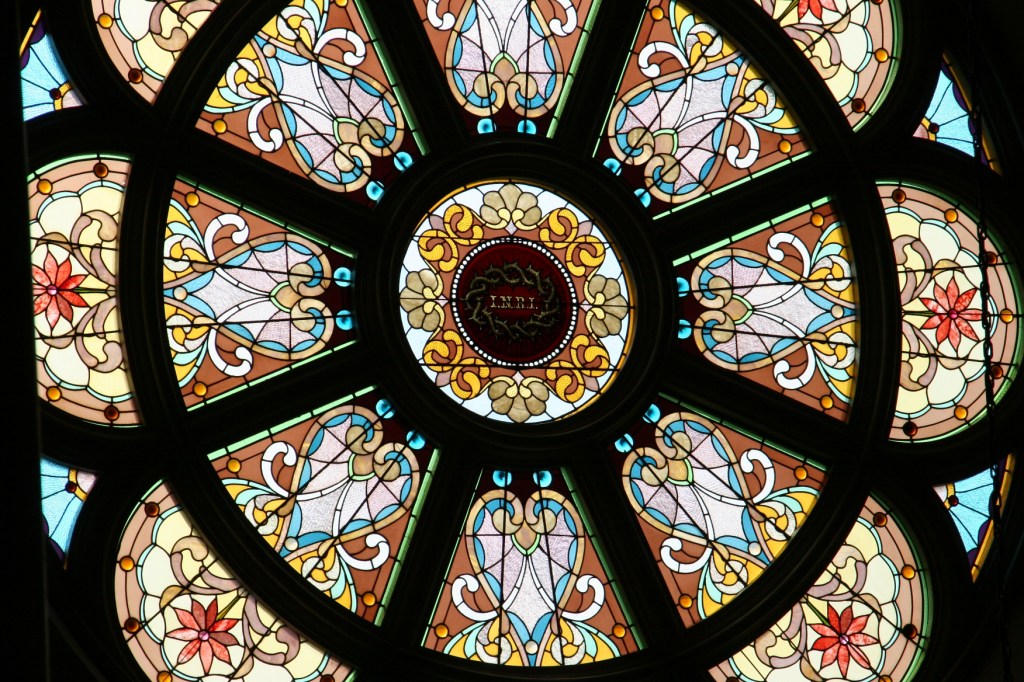
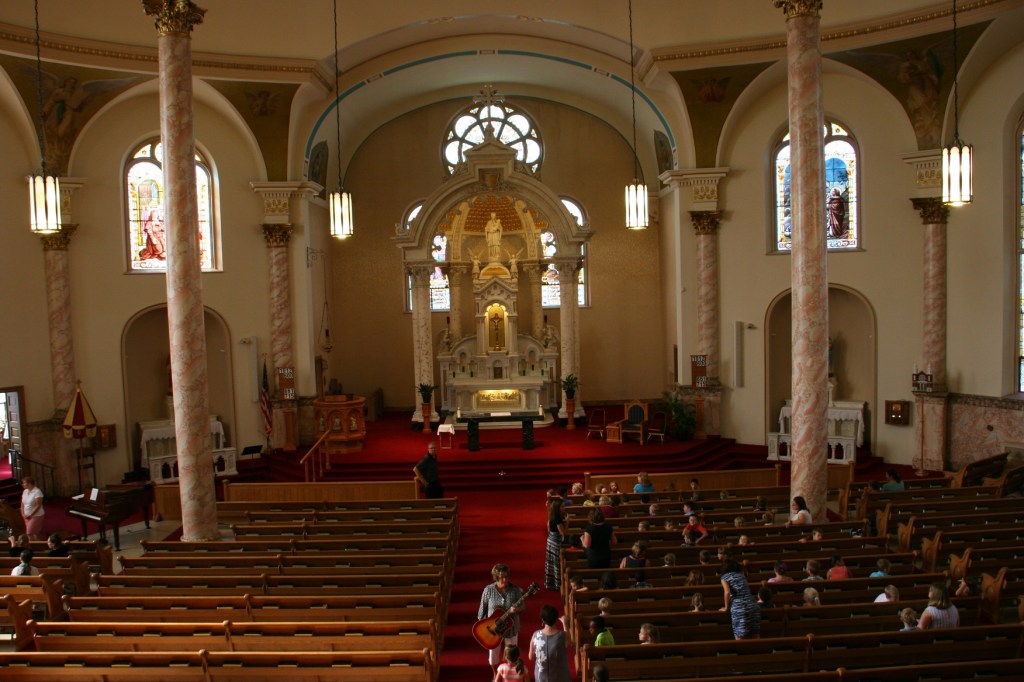


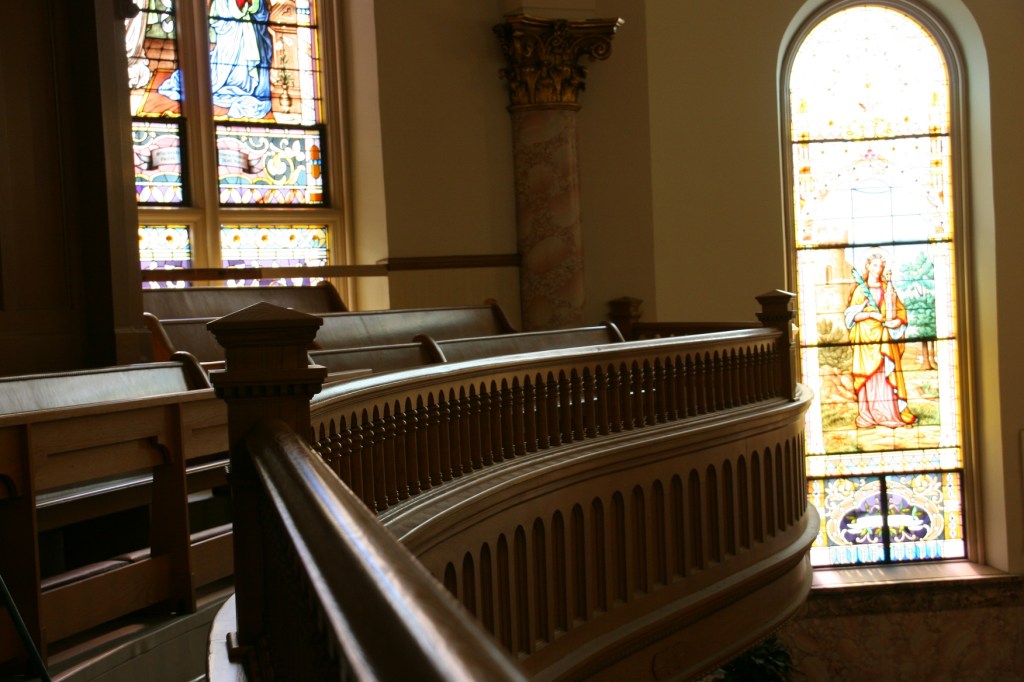
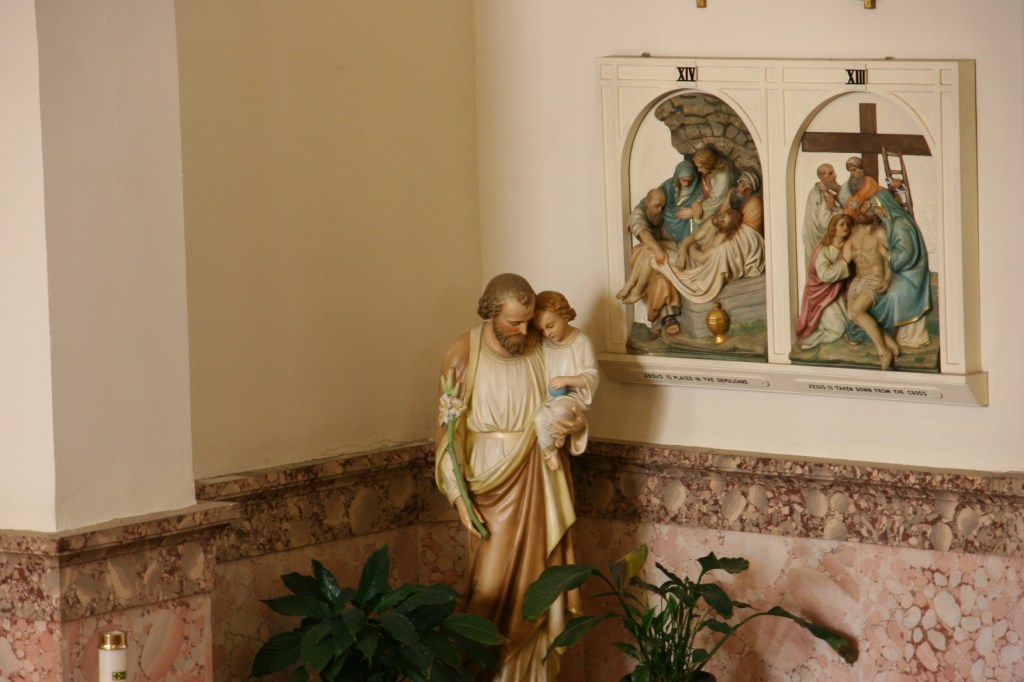
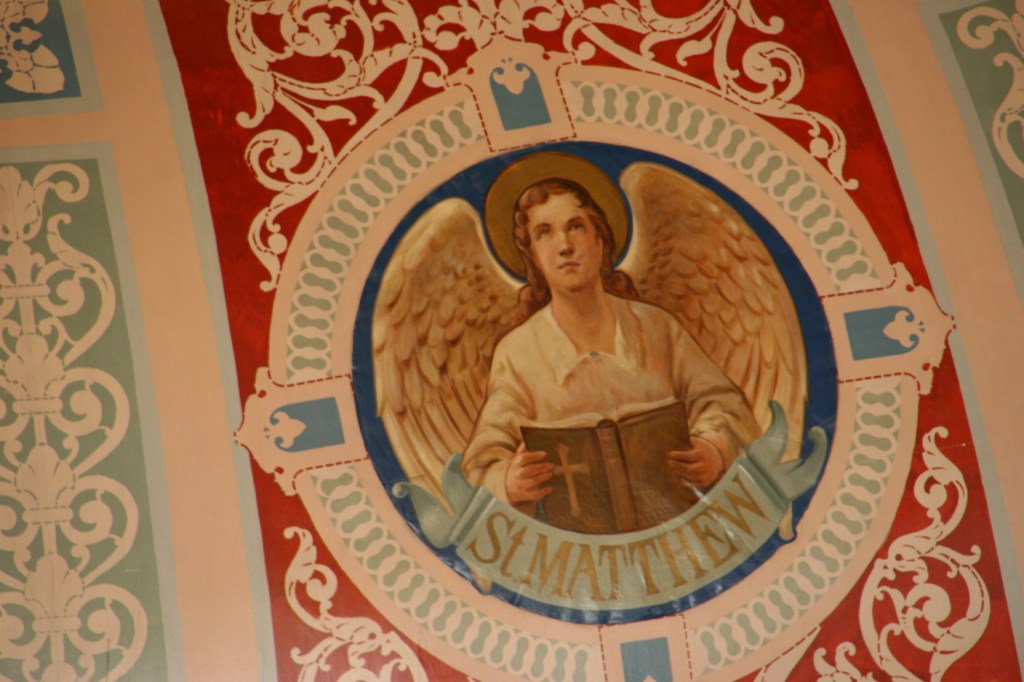

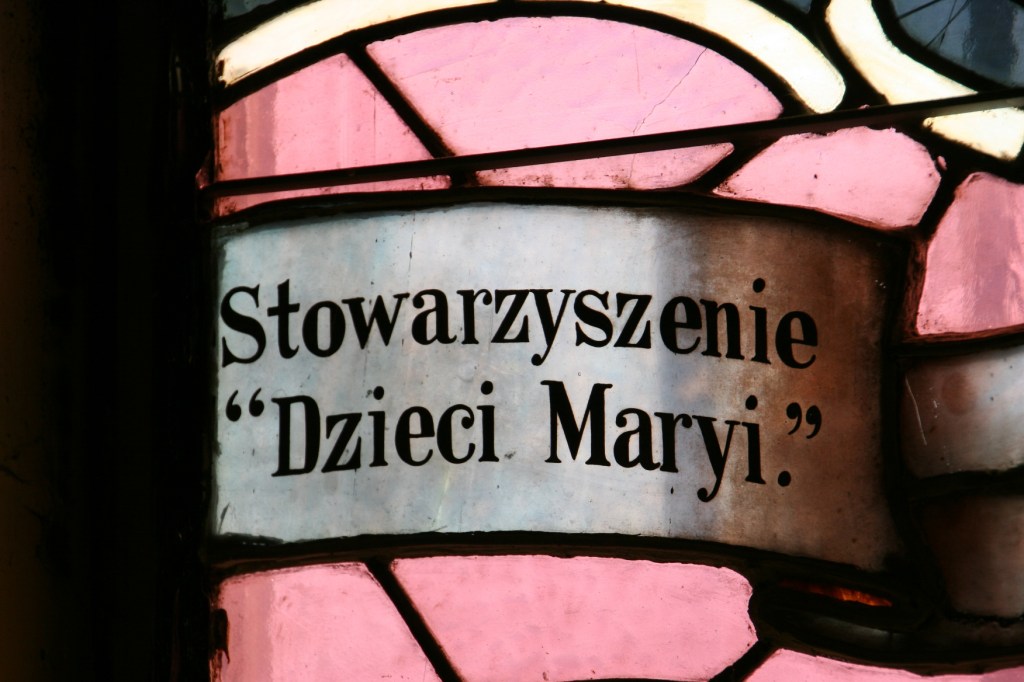

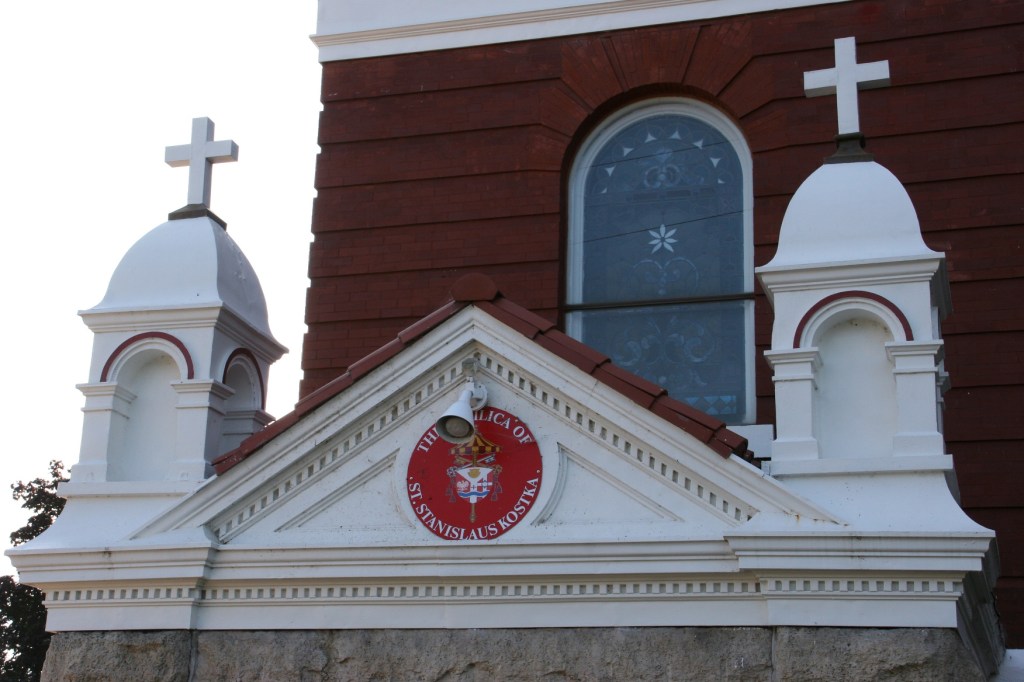
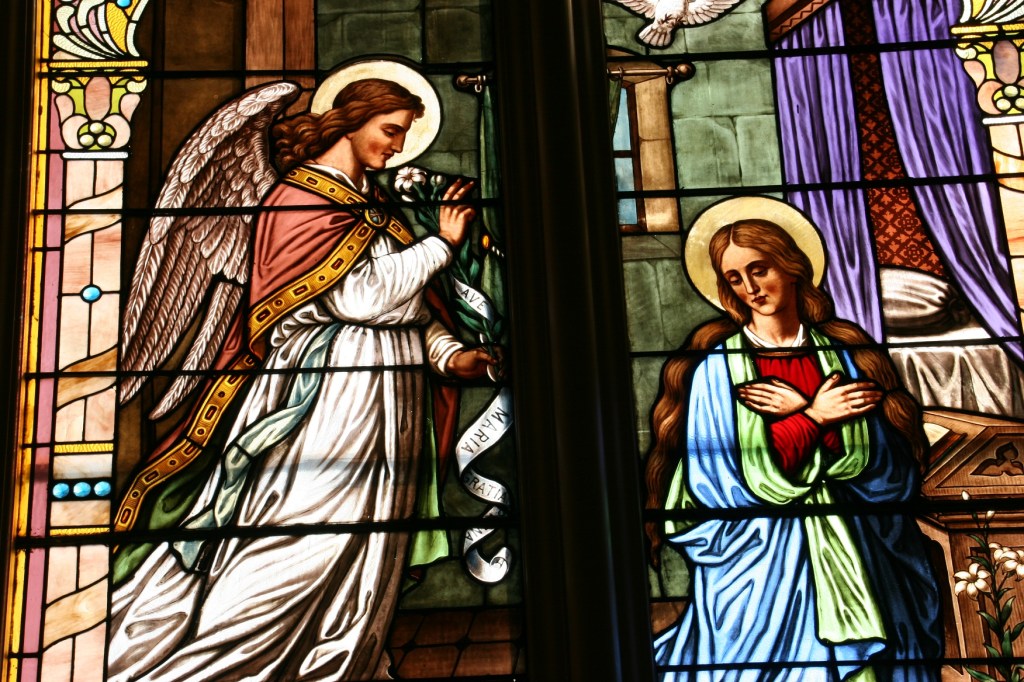
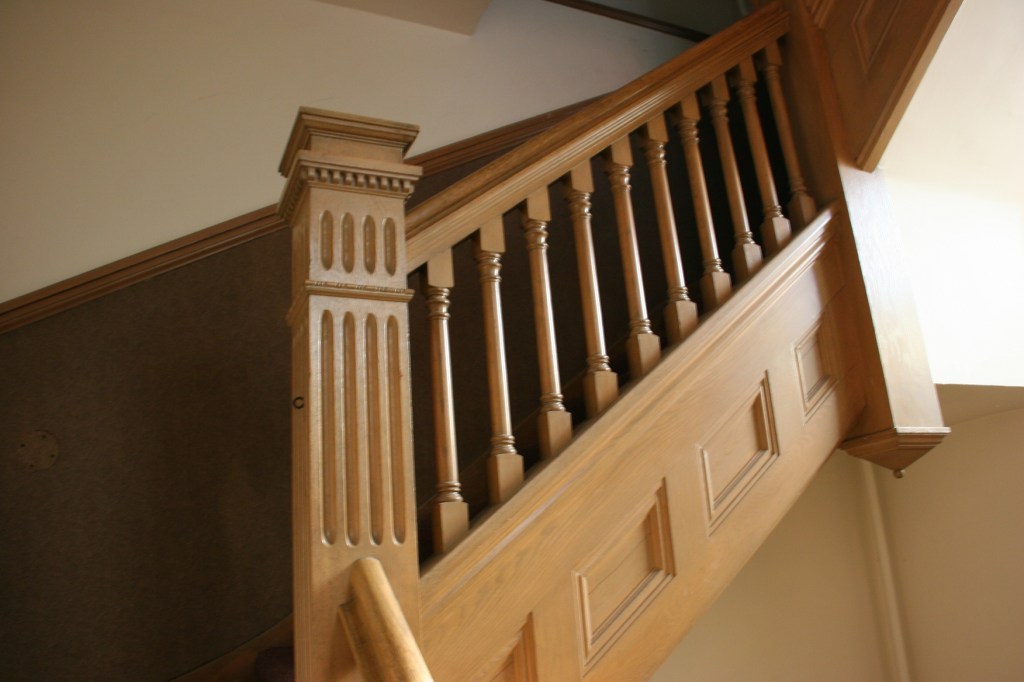
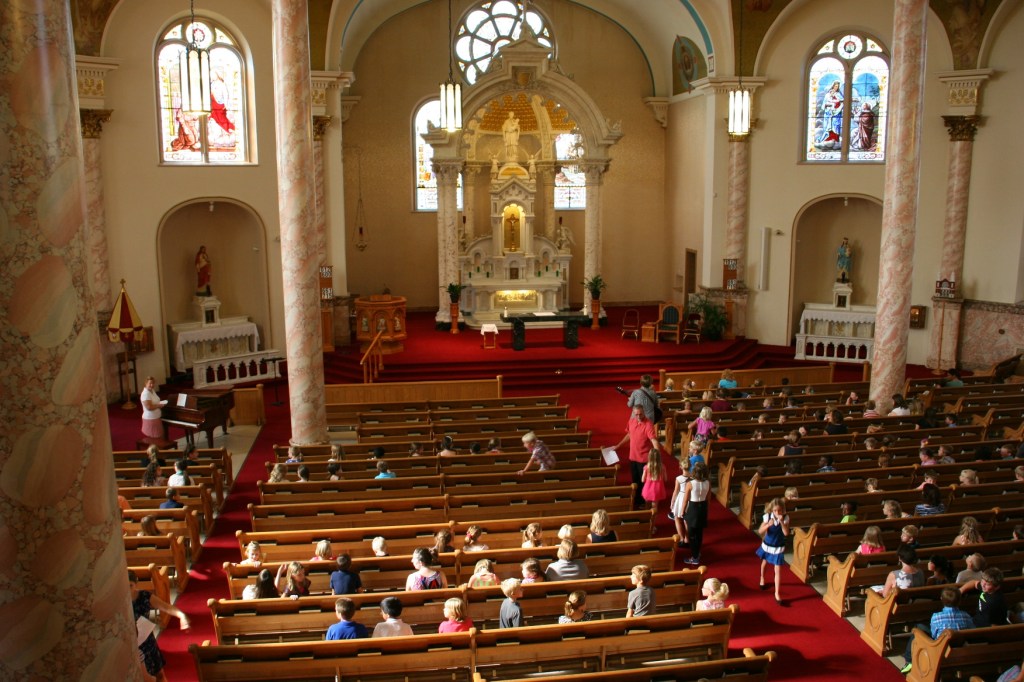
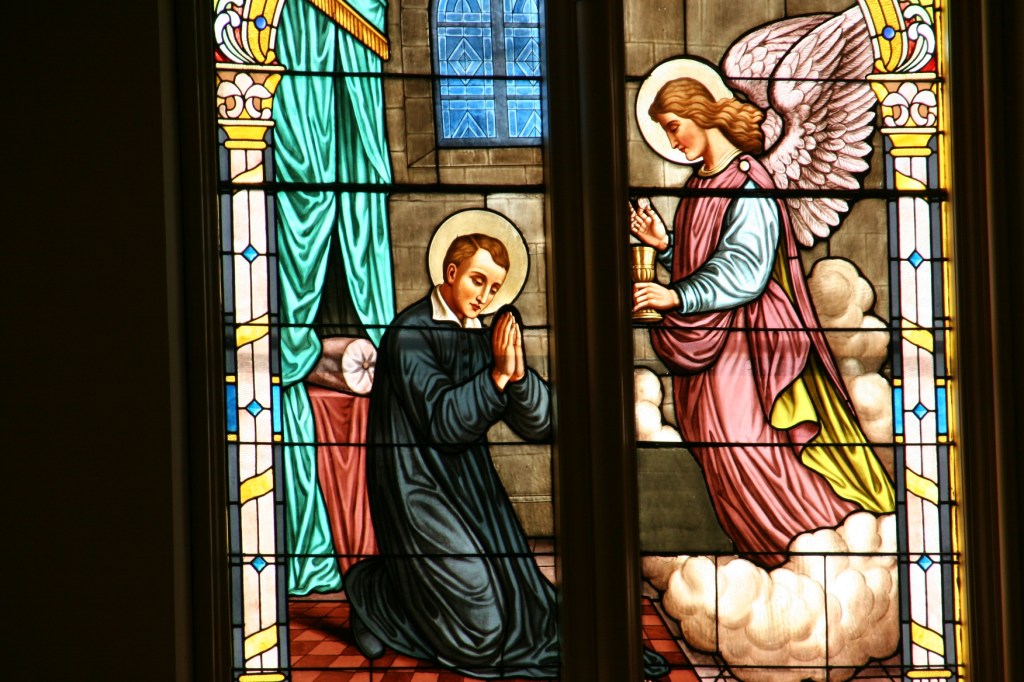
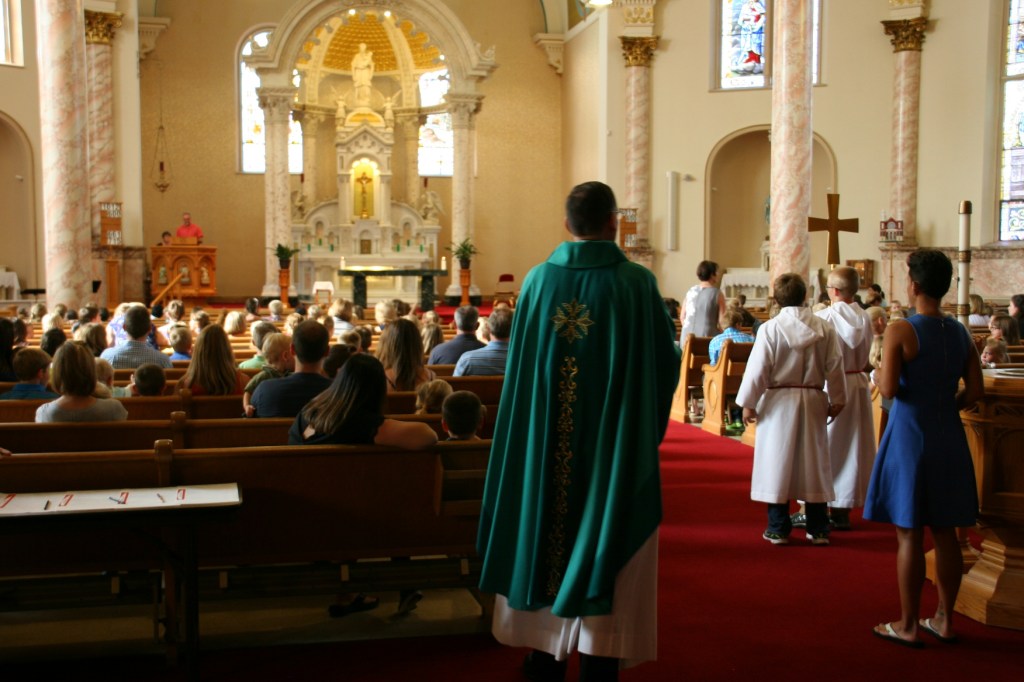
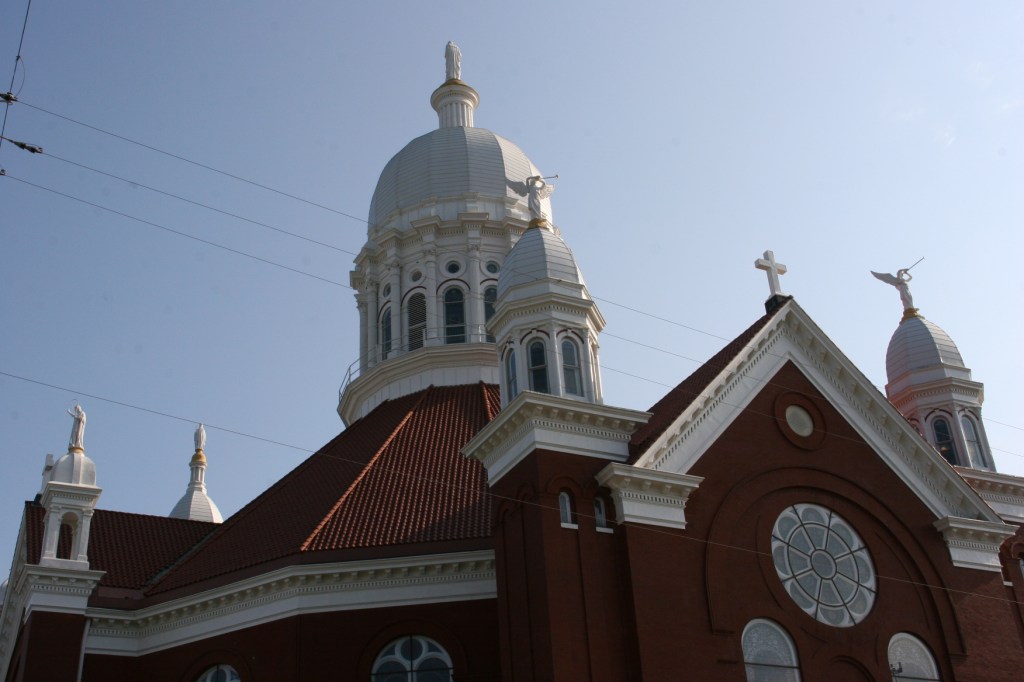

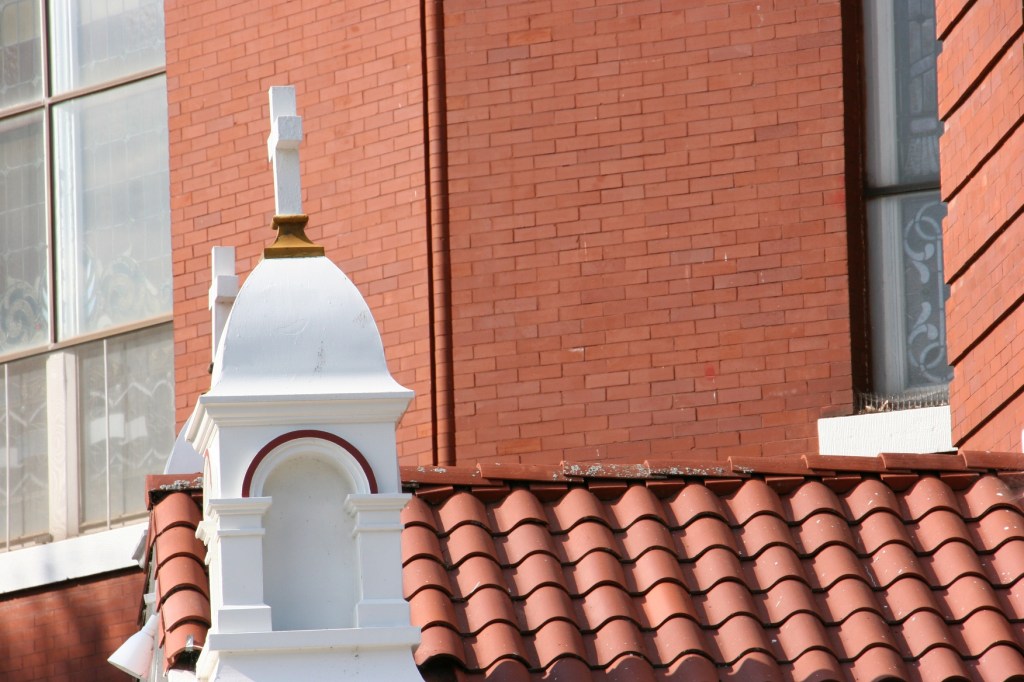
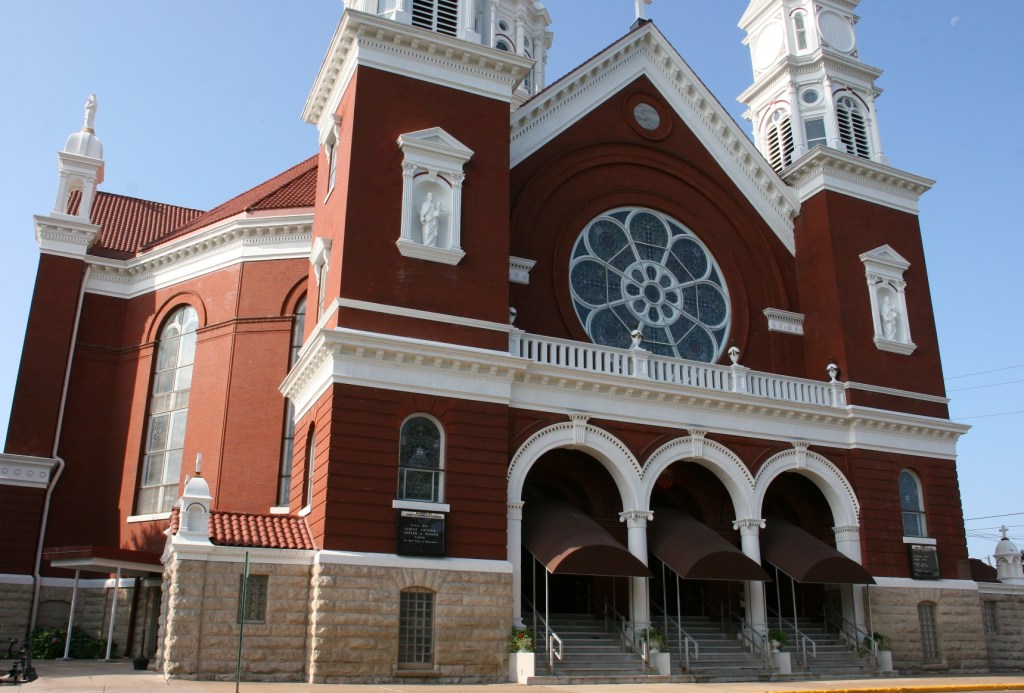
















Recent Comments